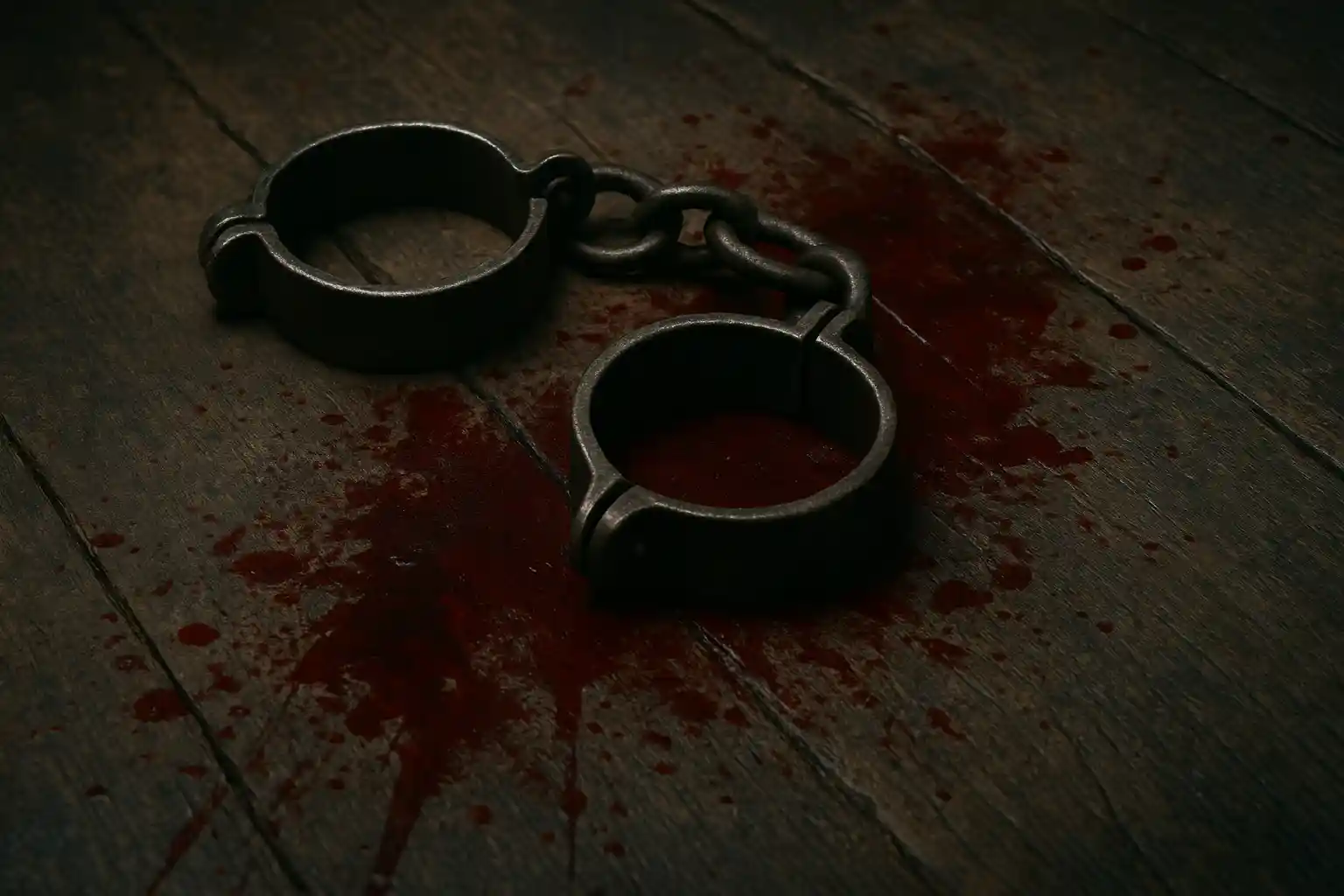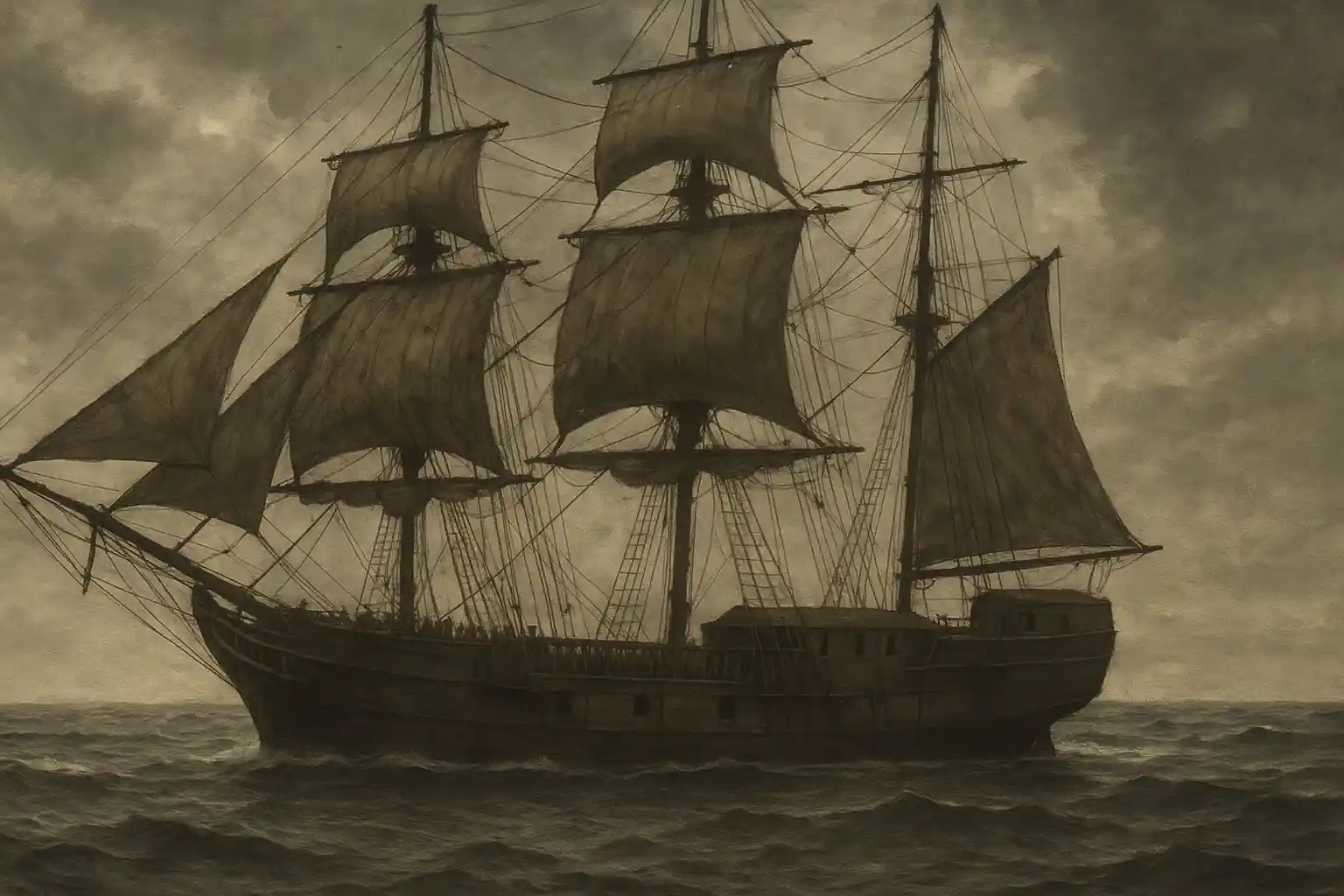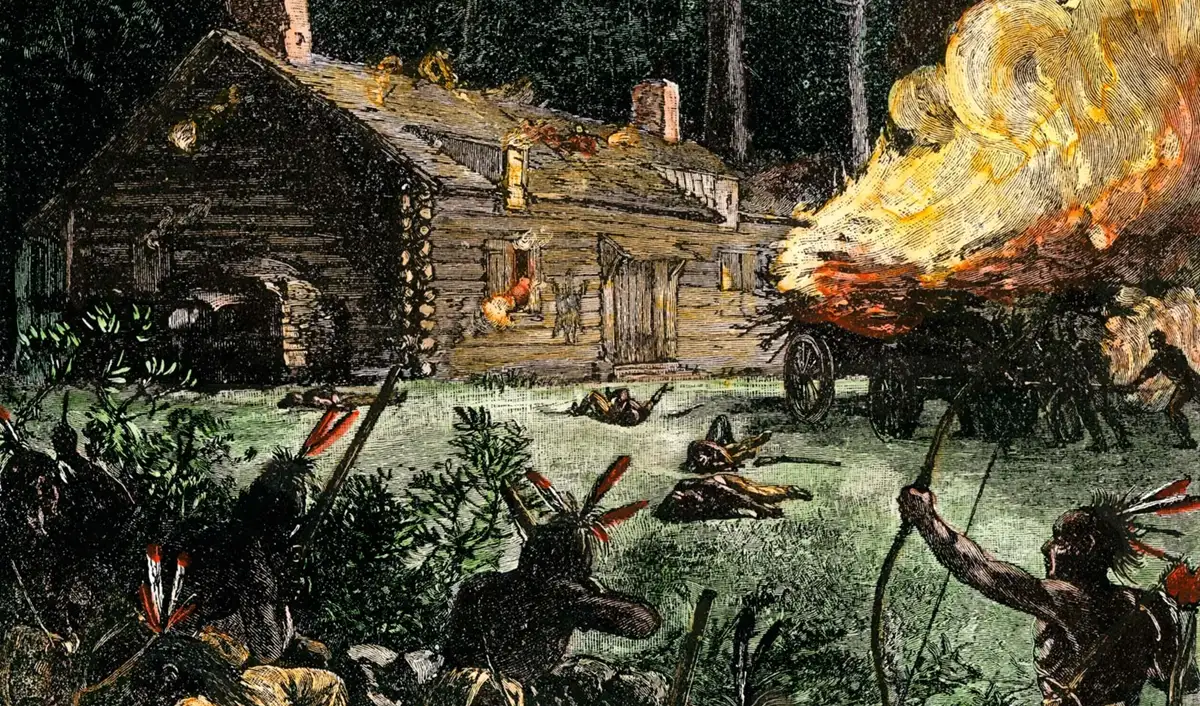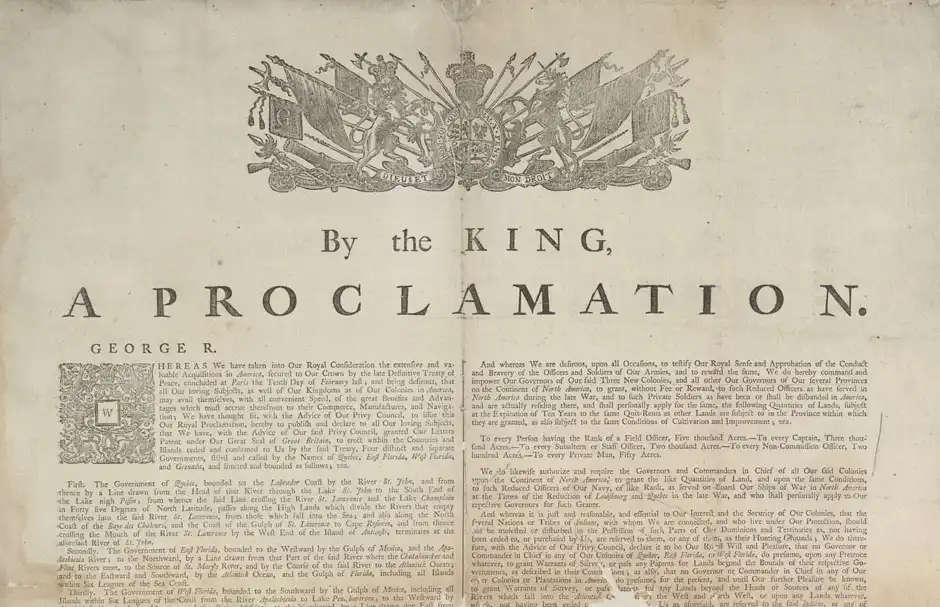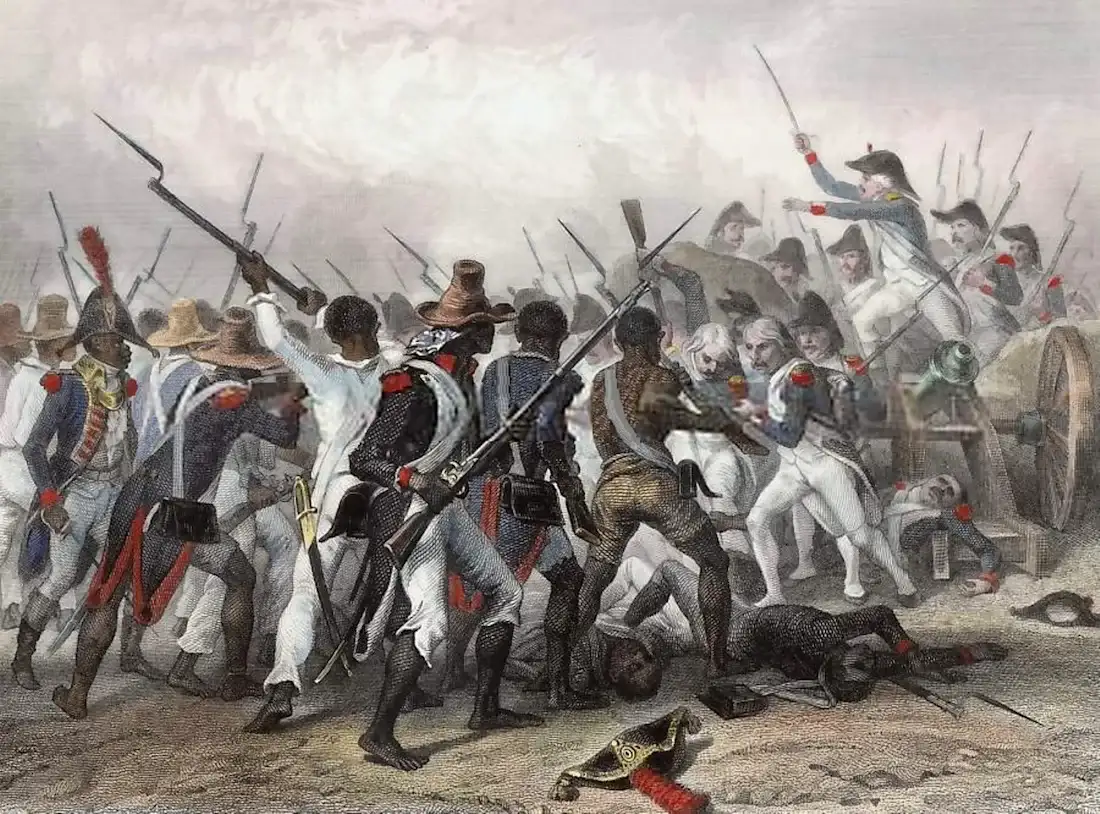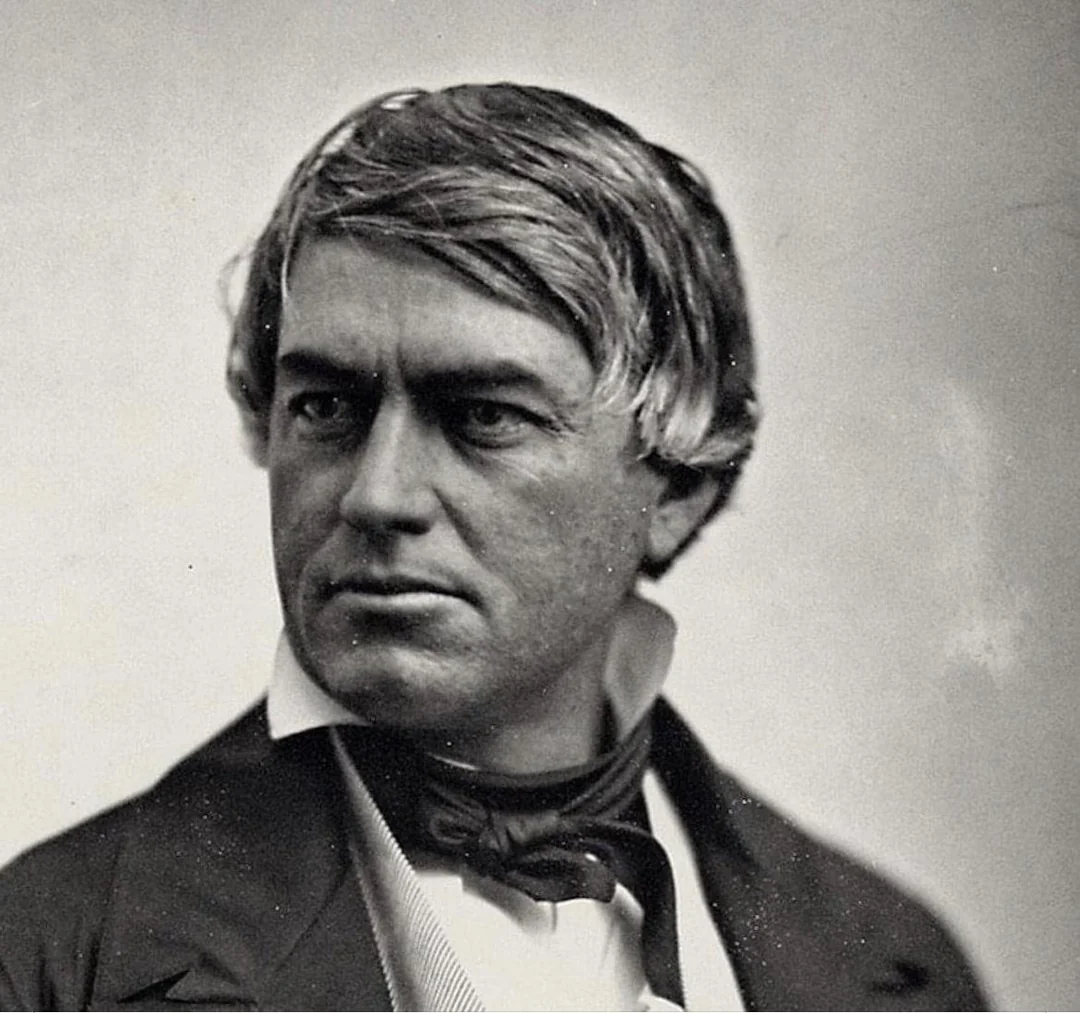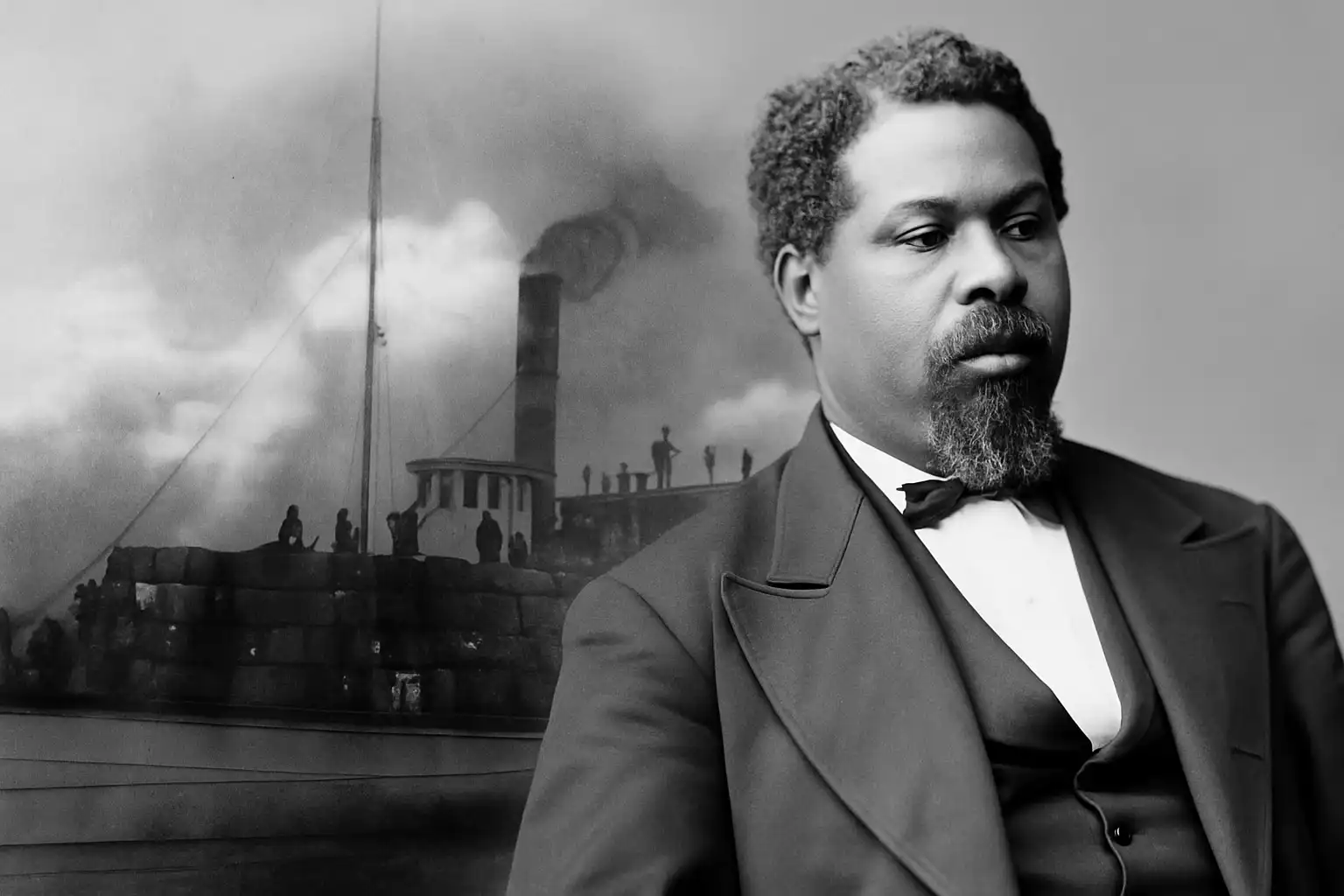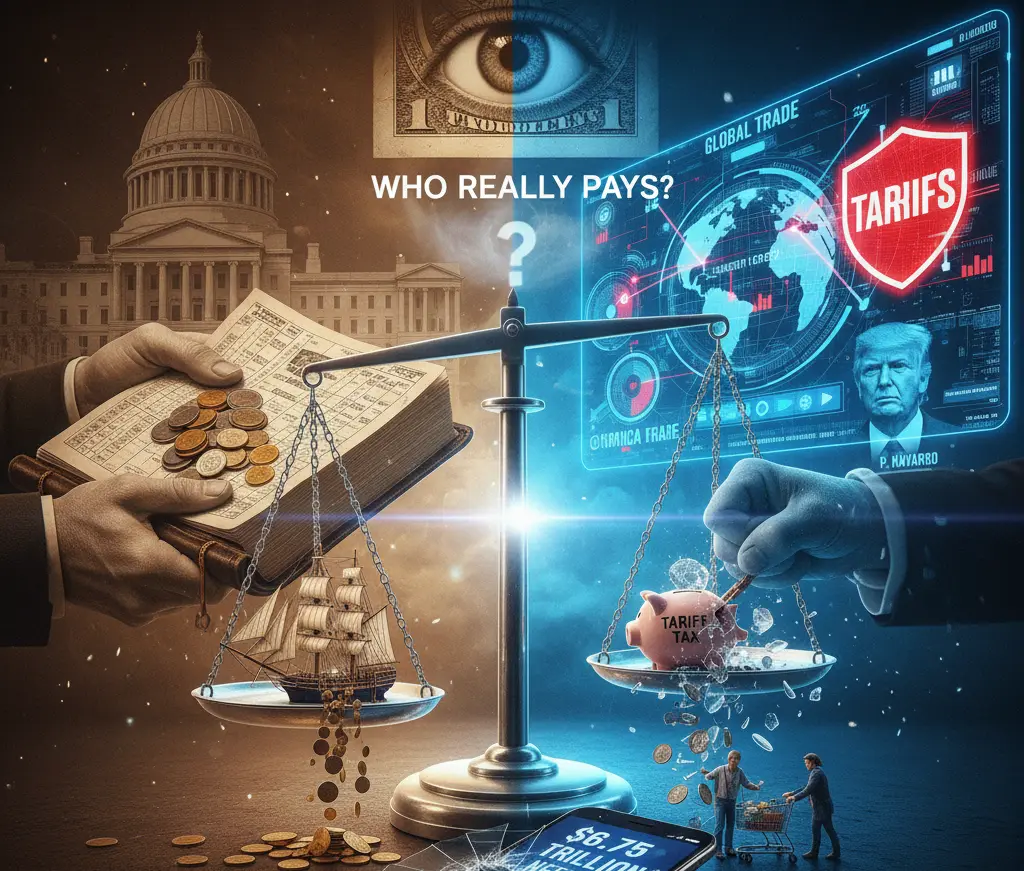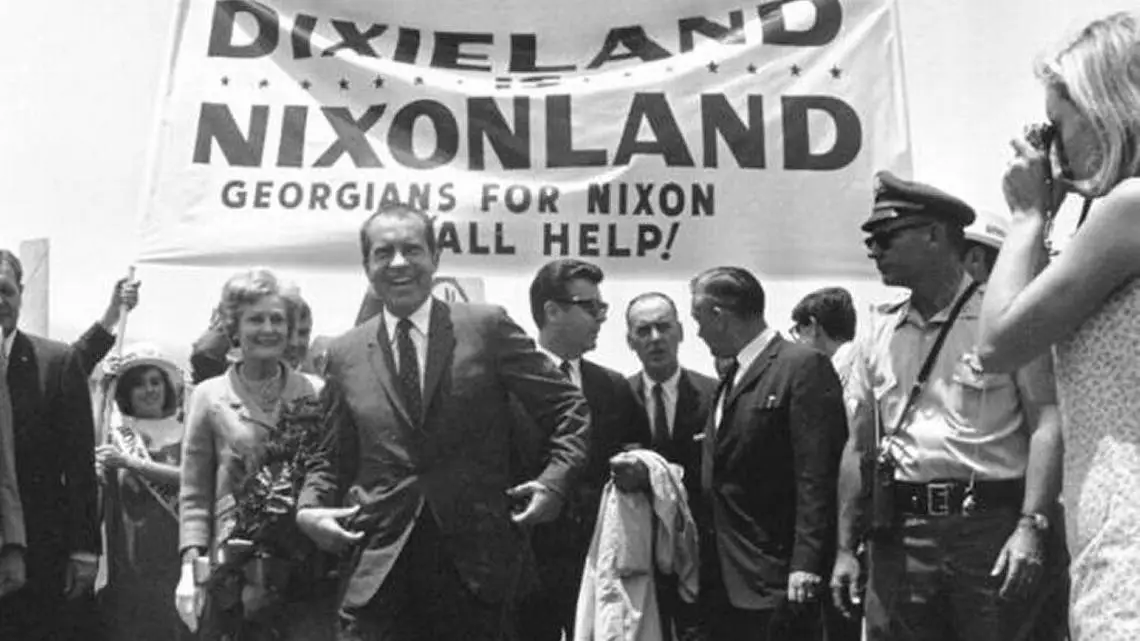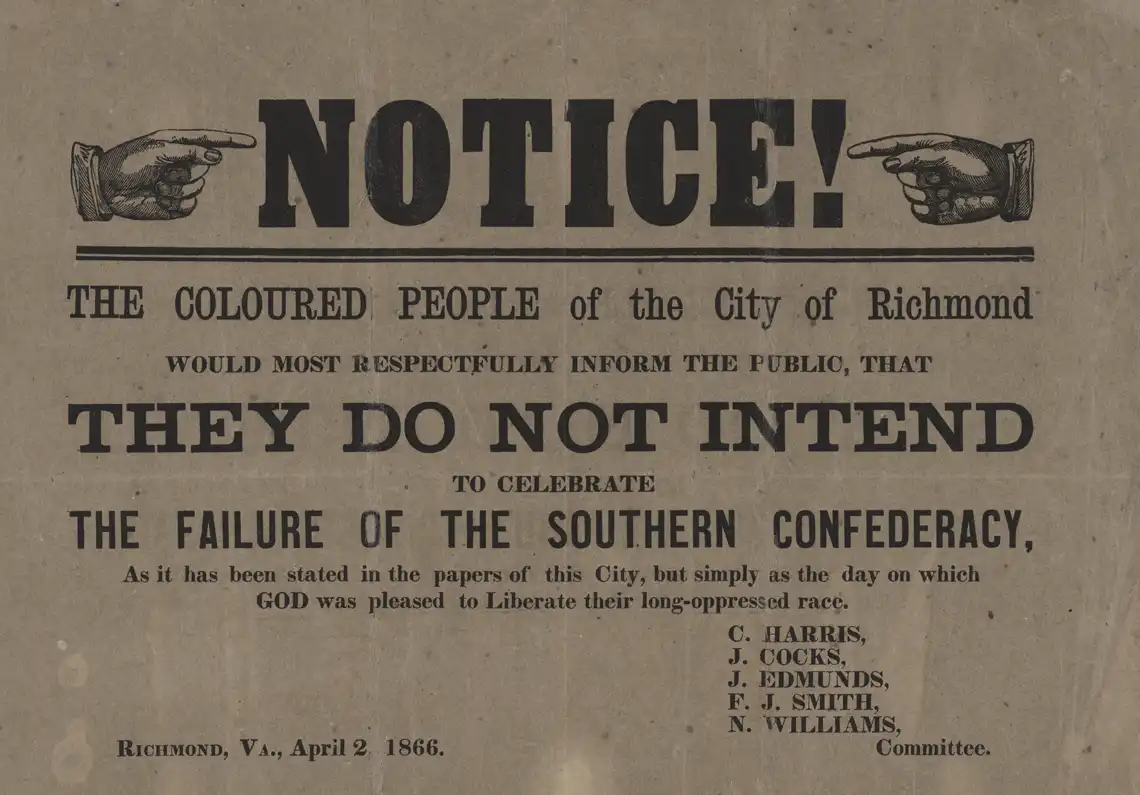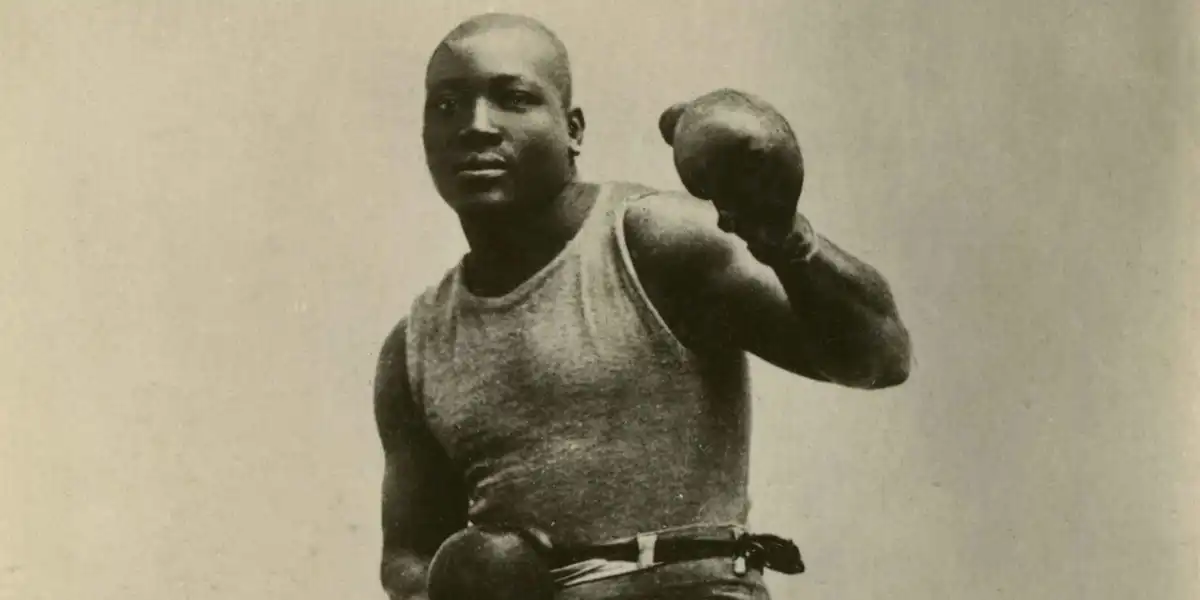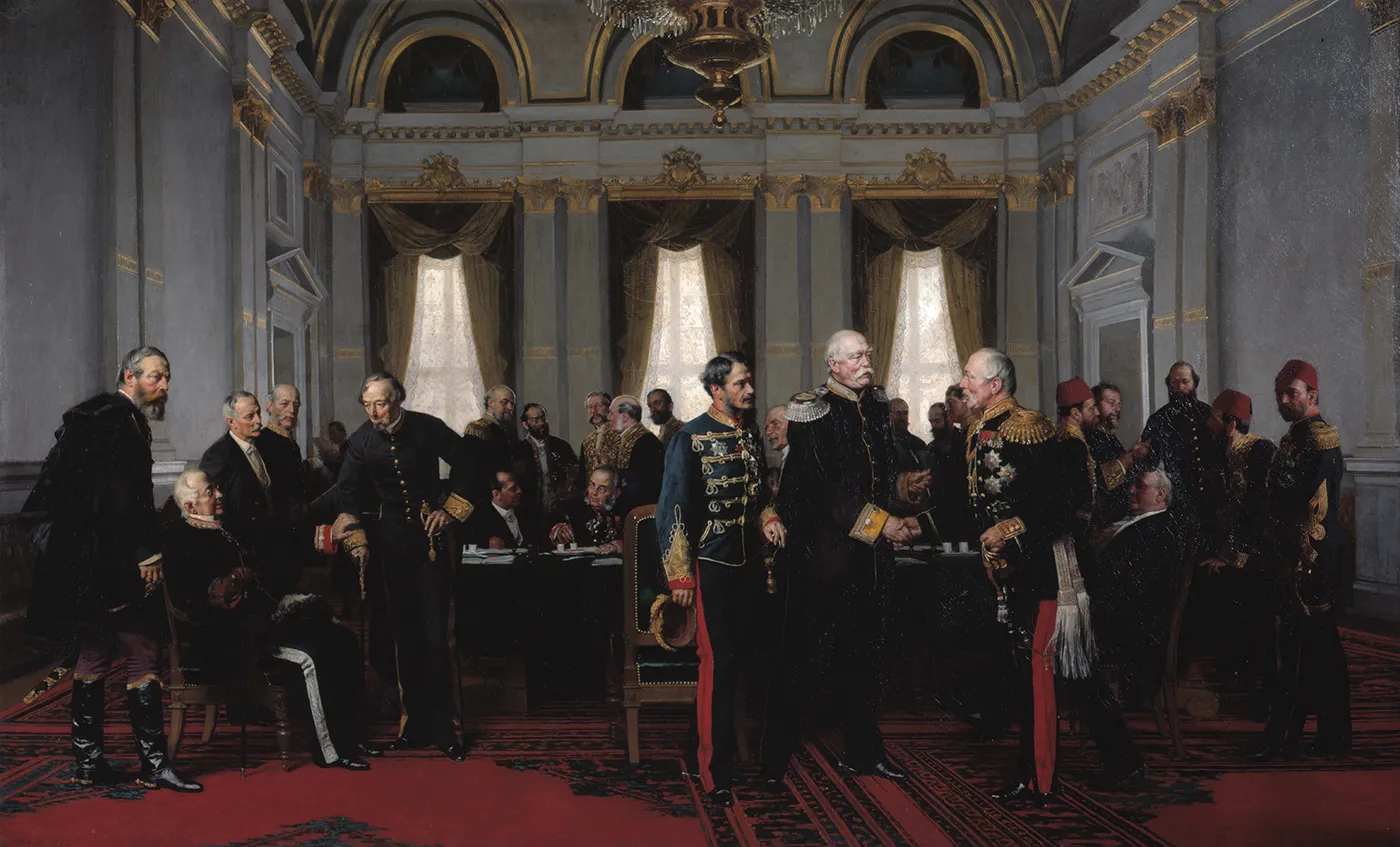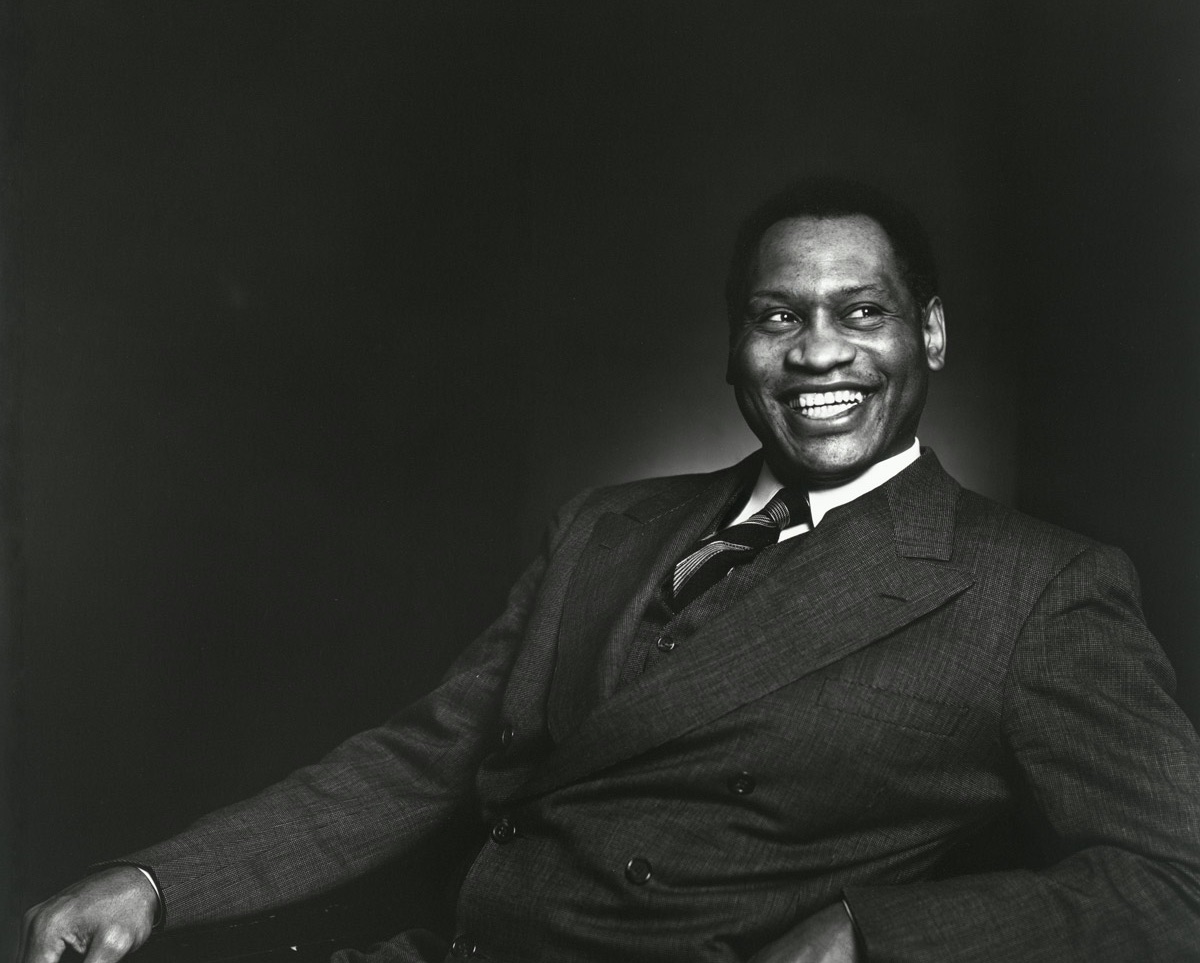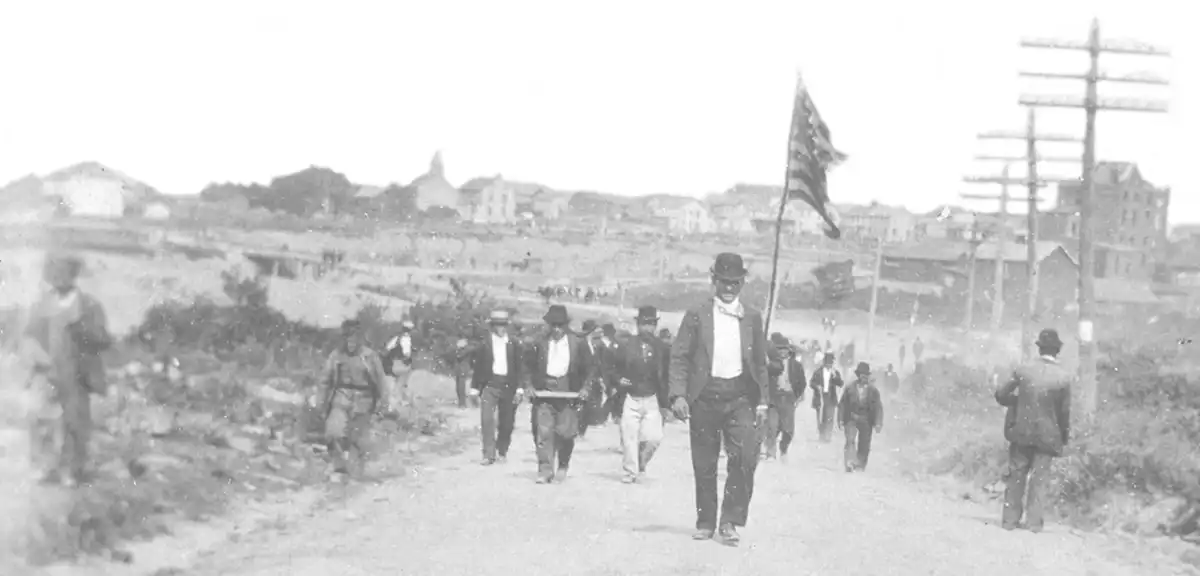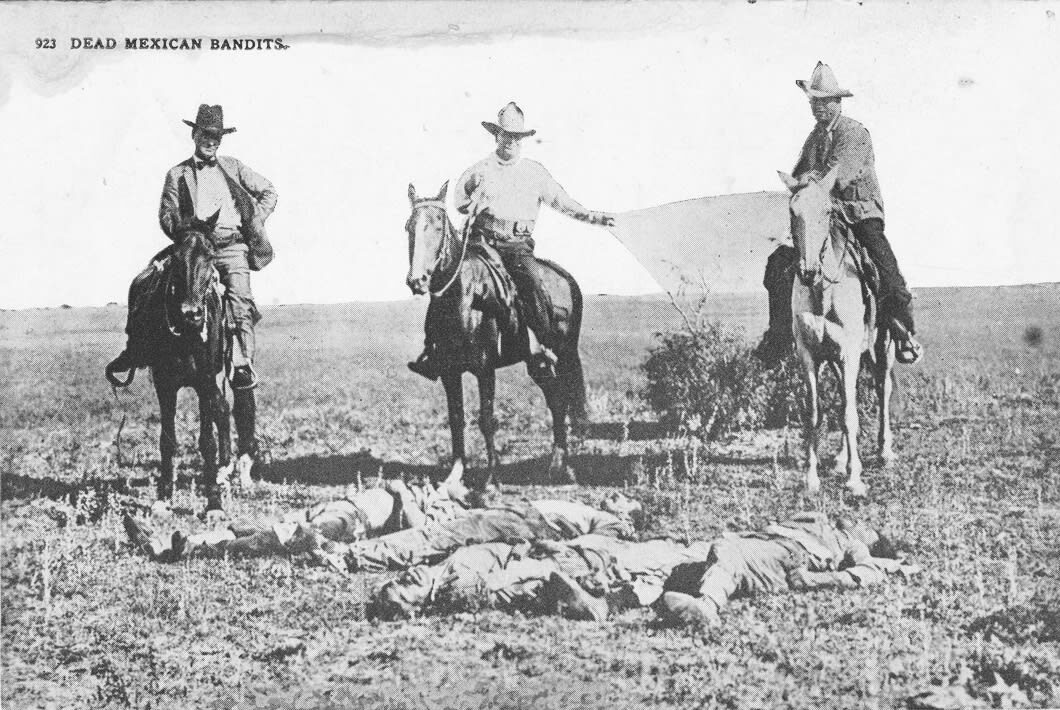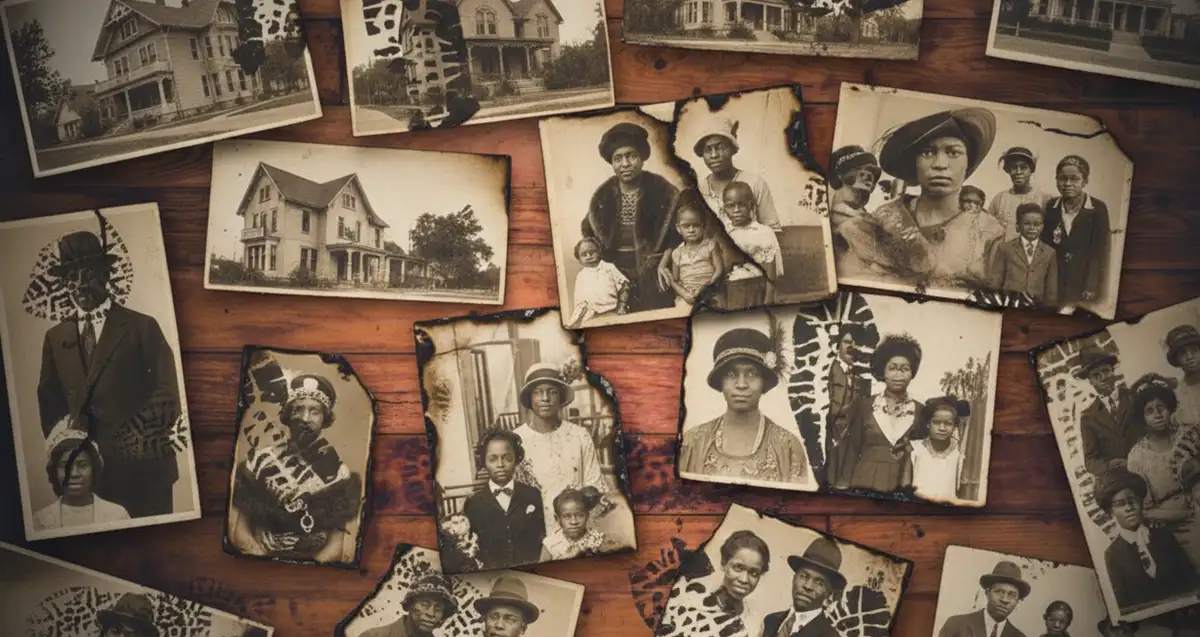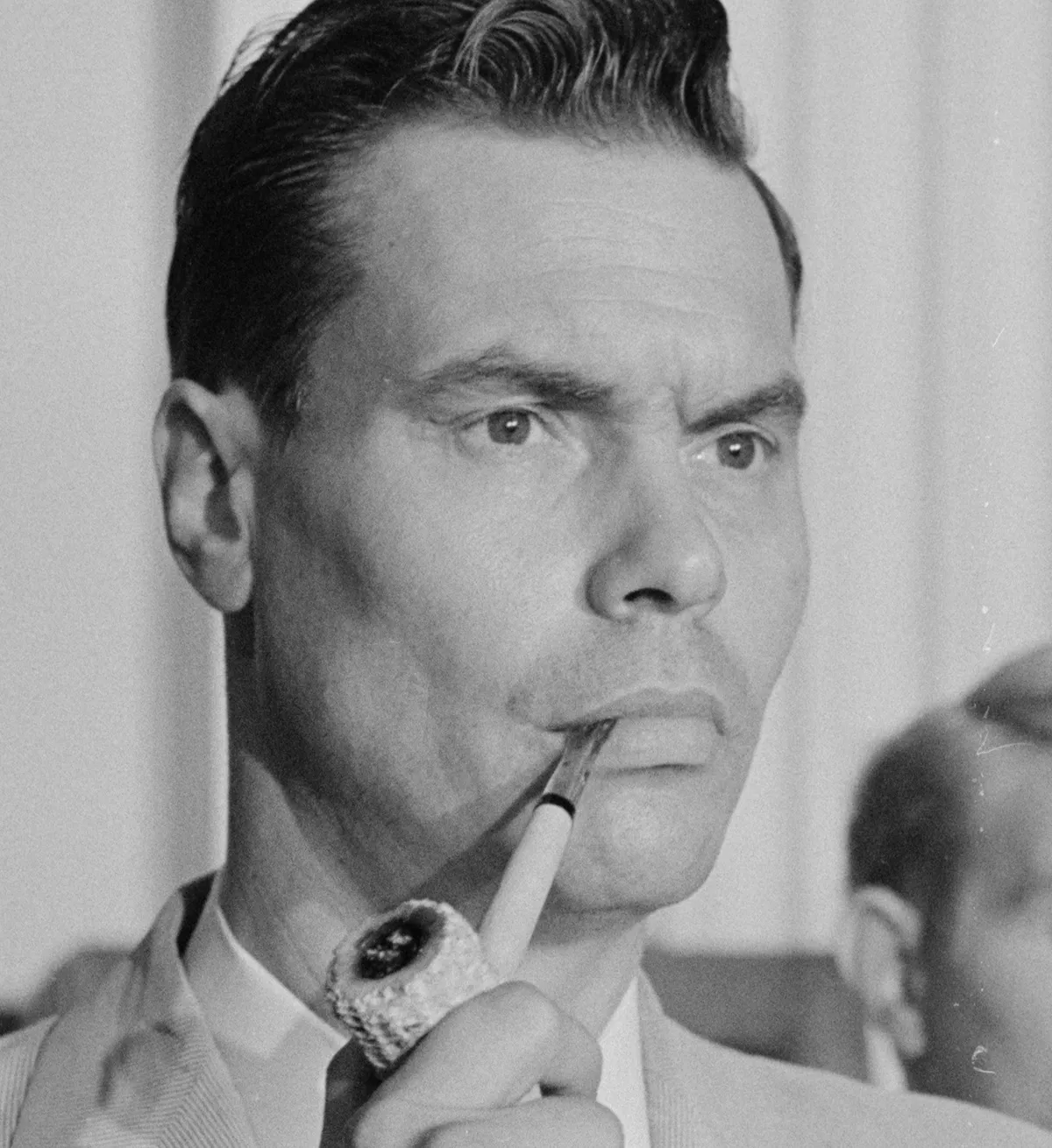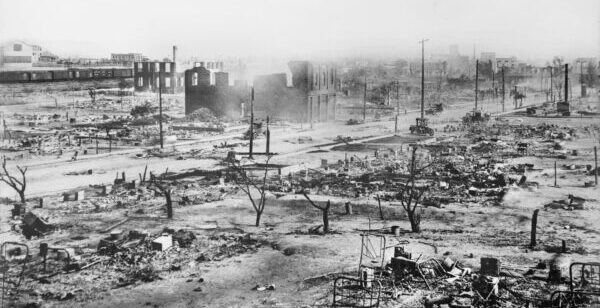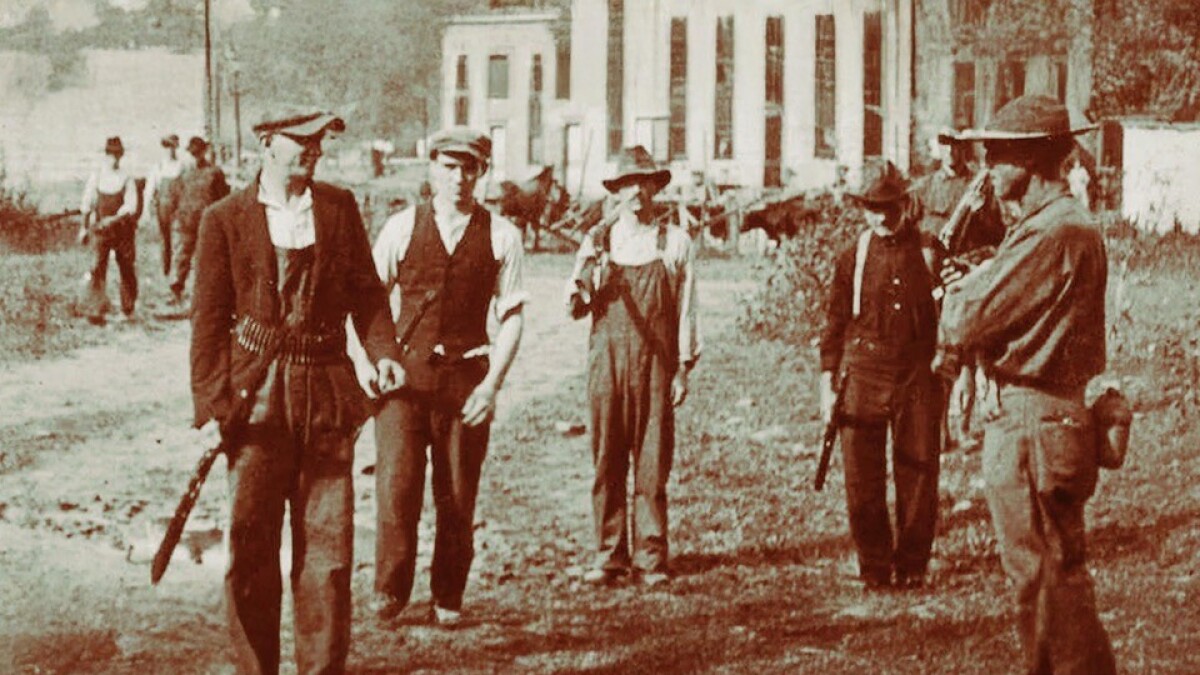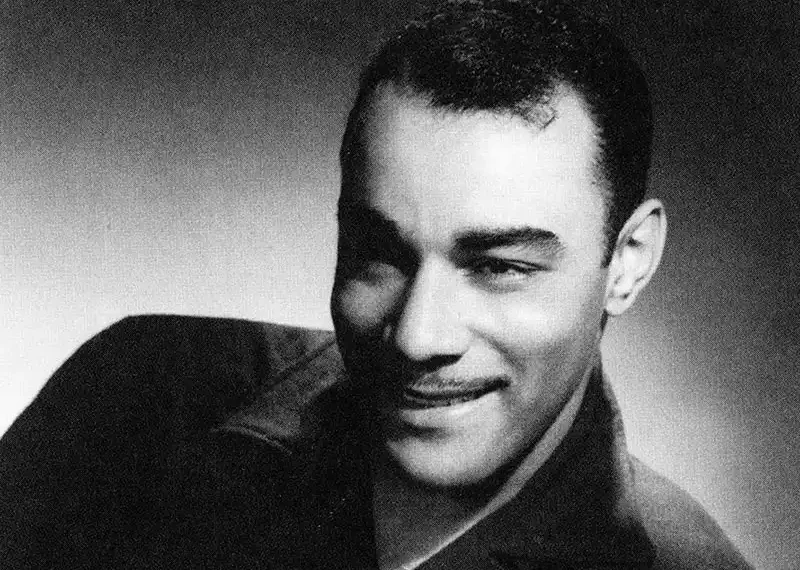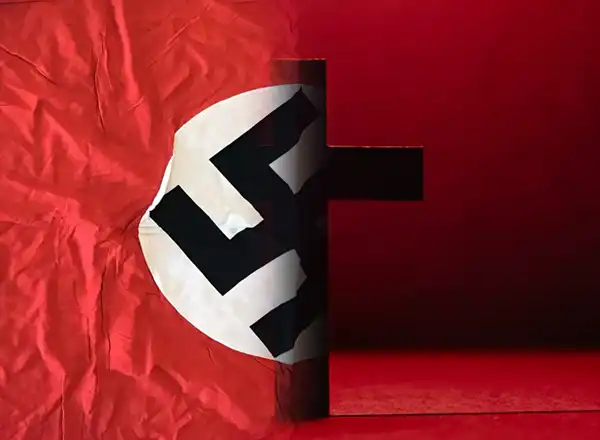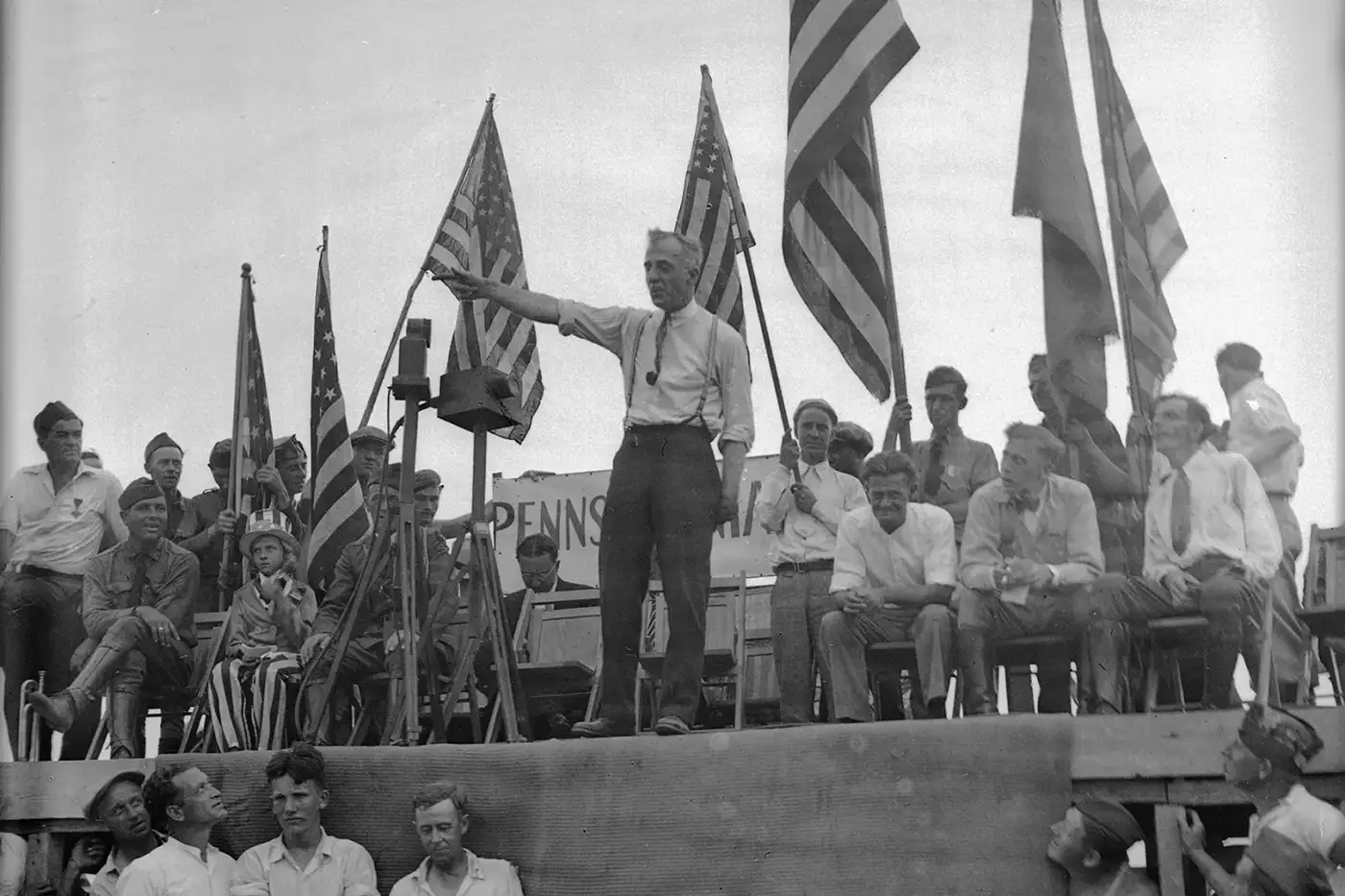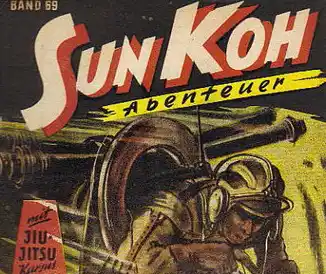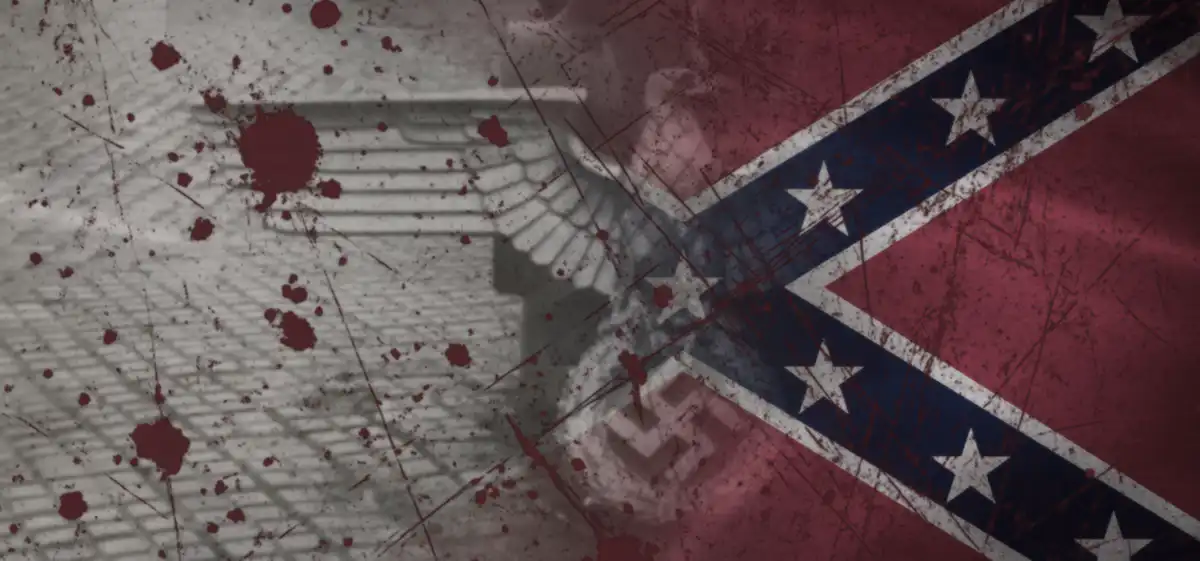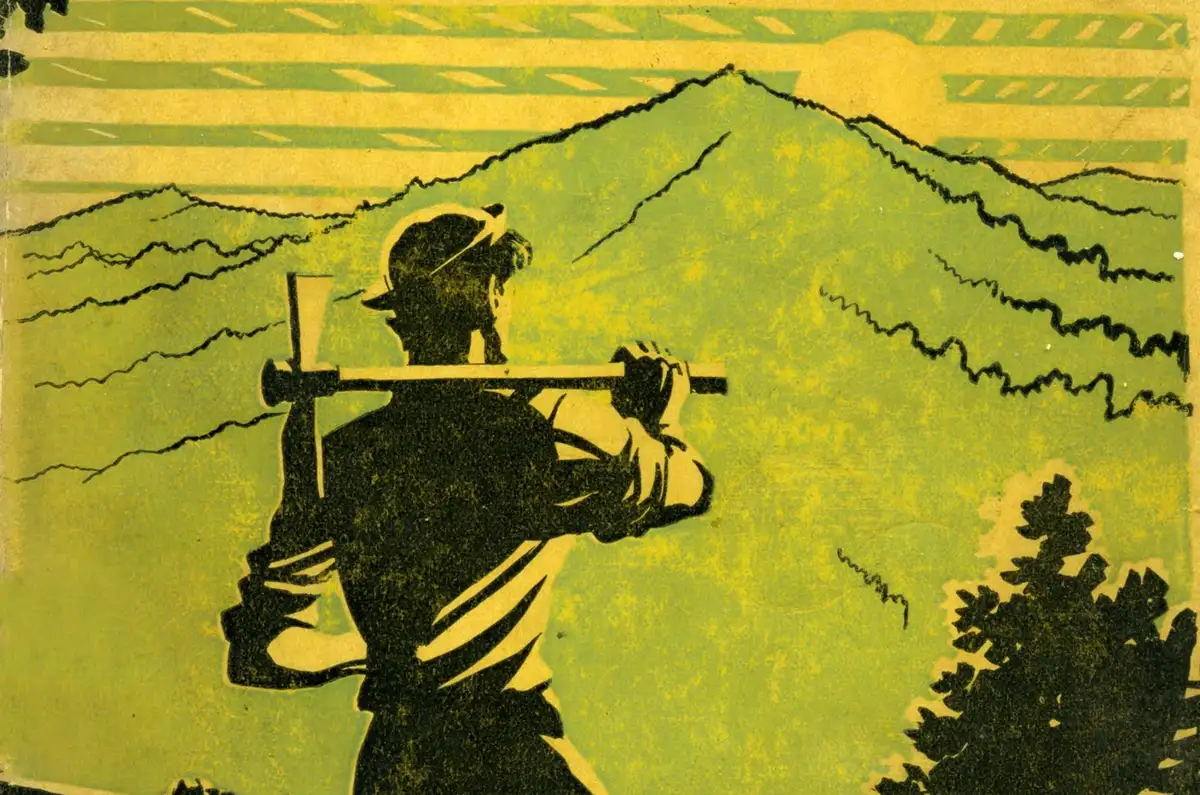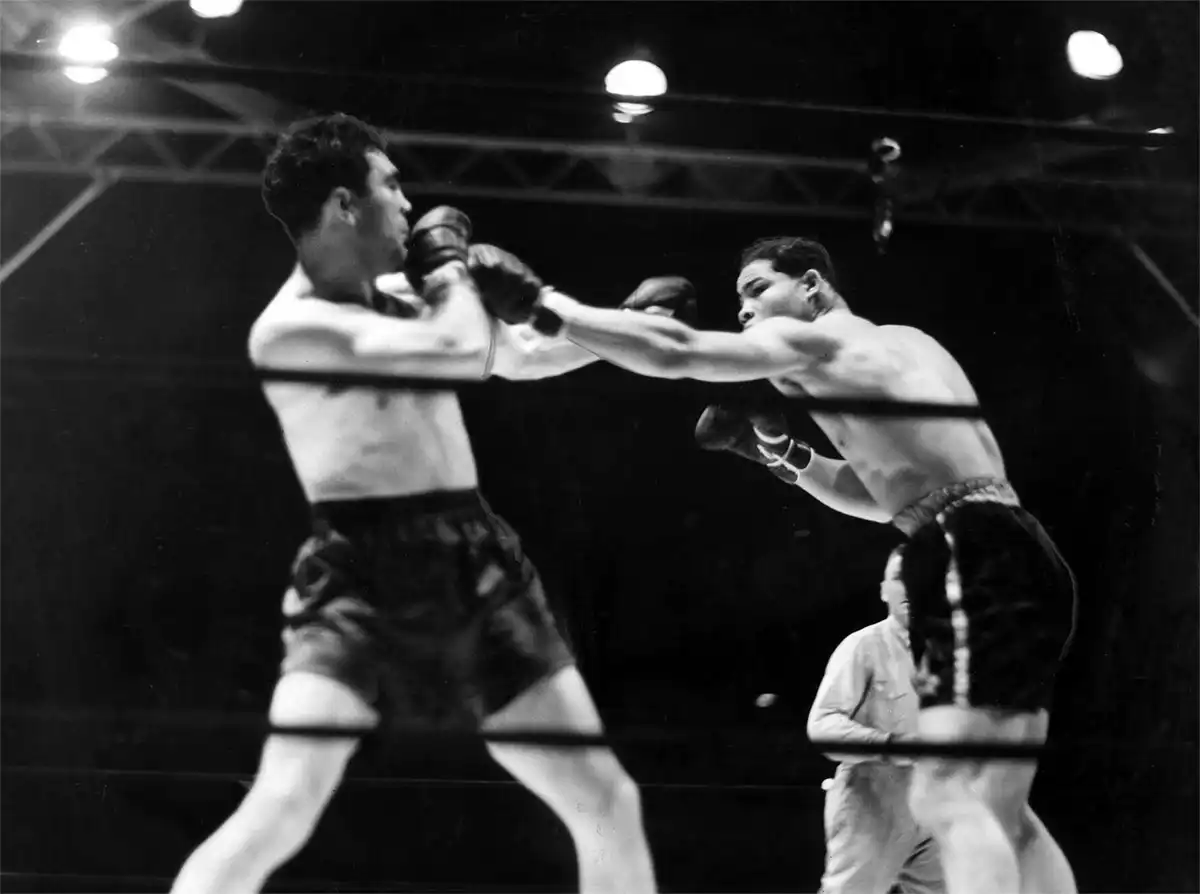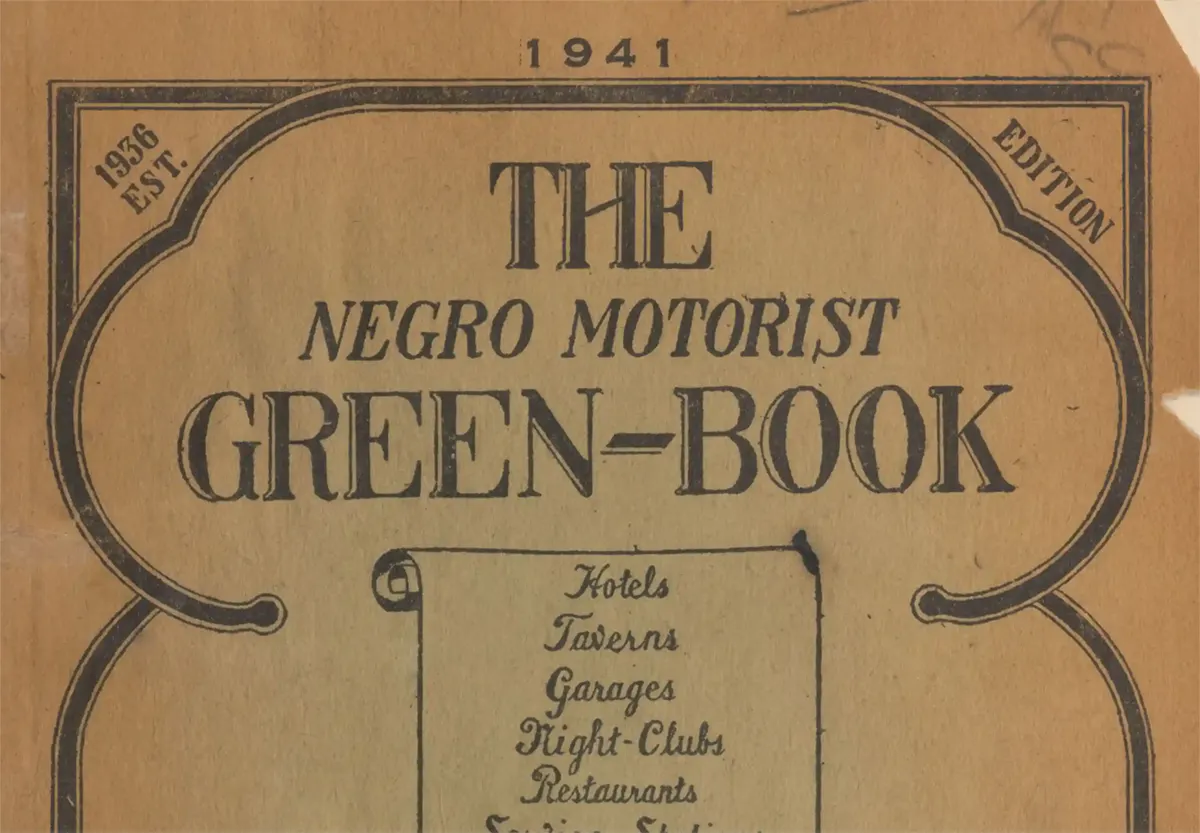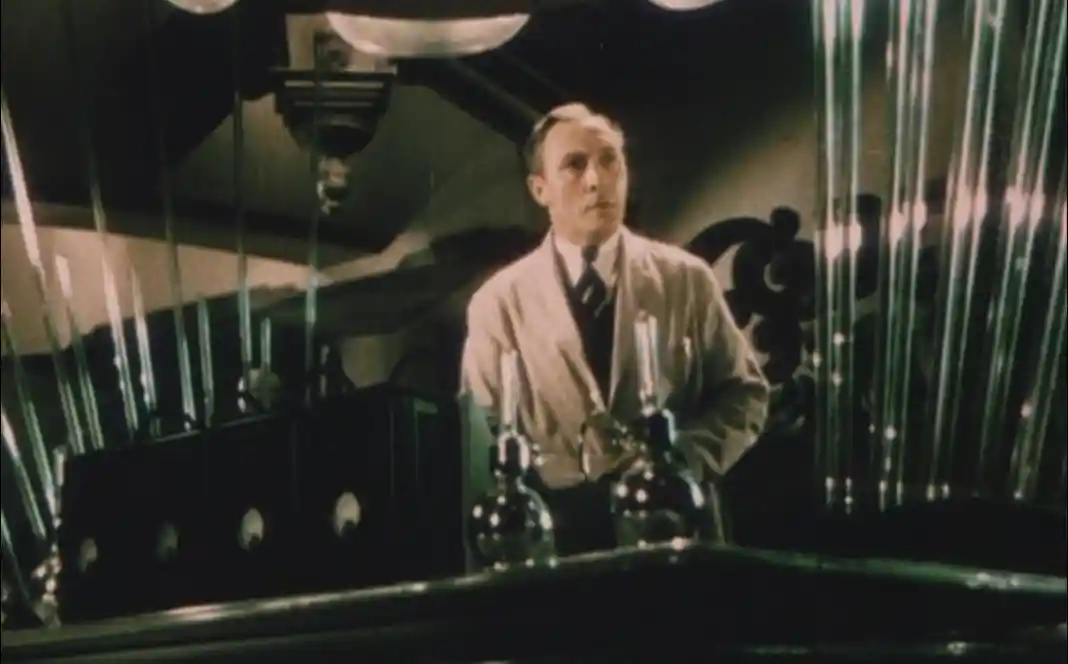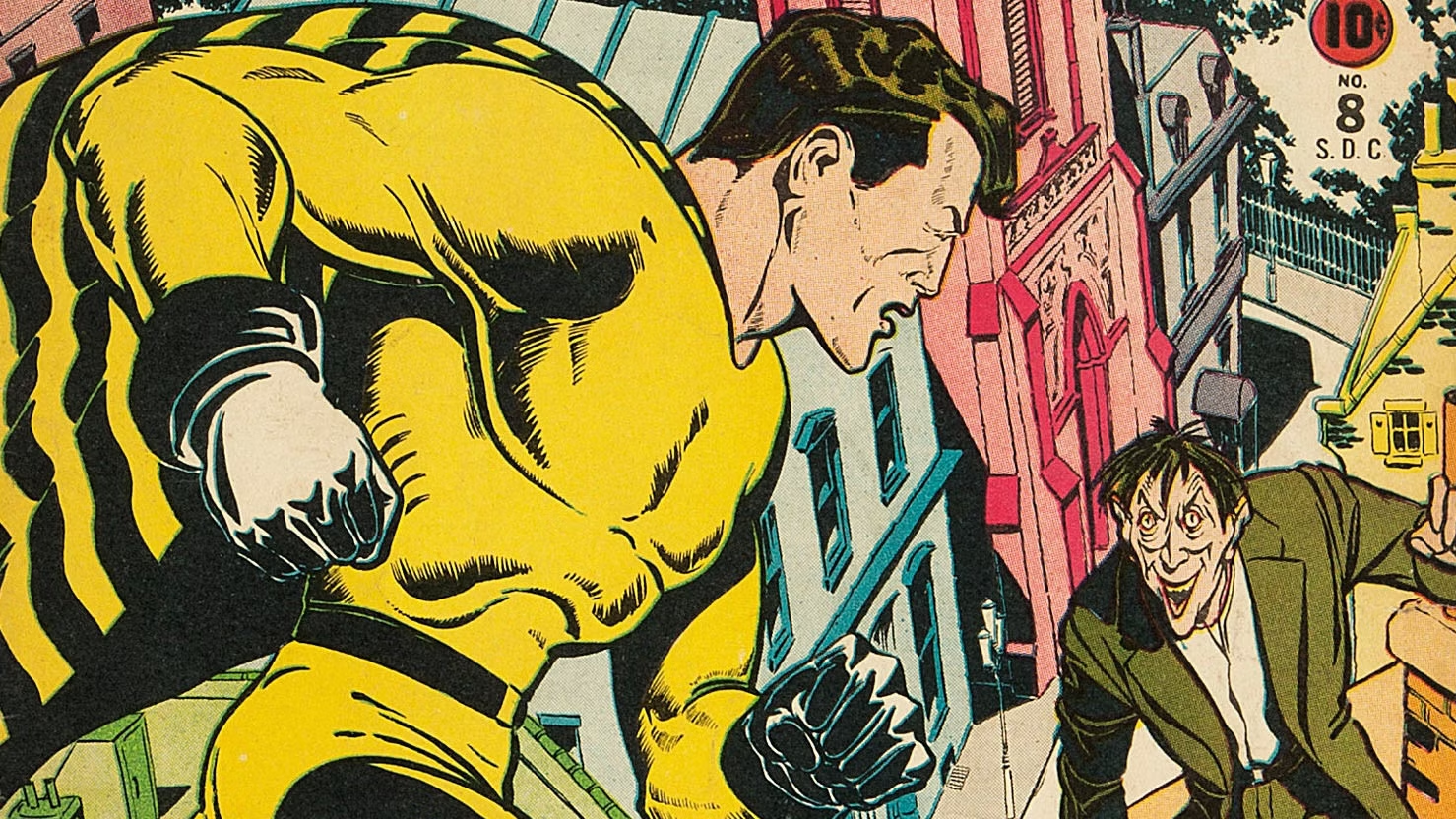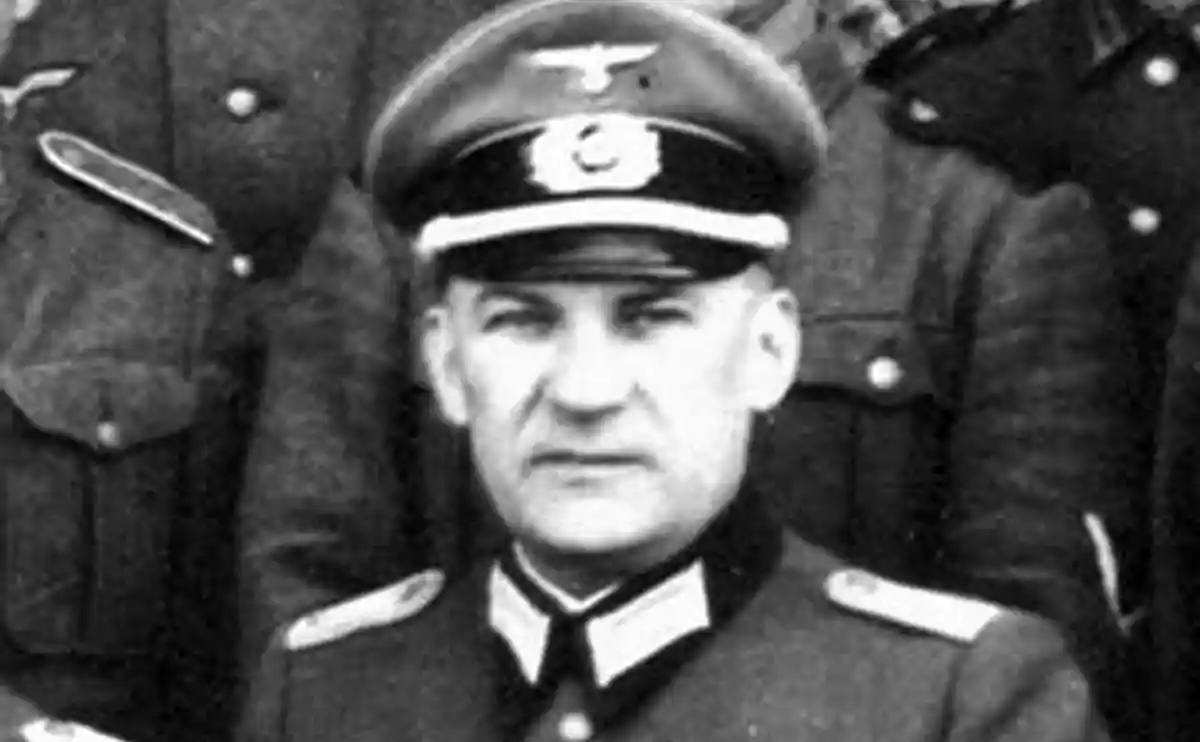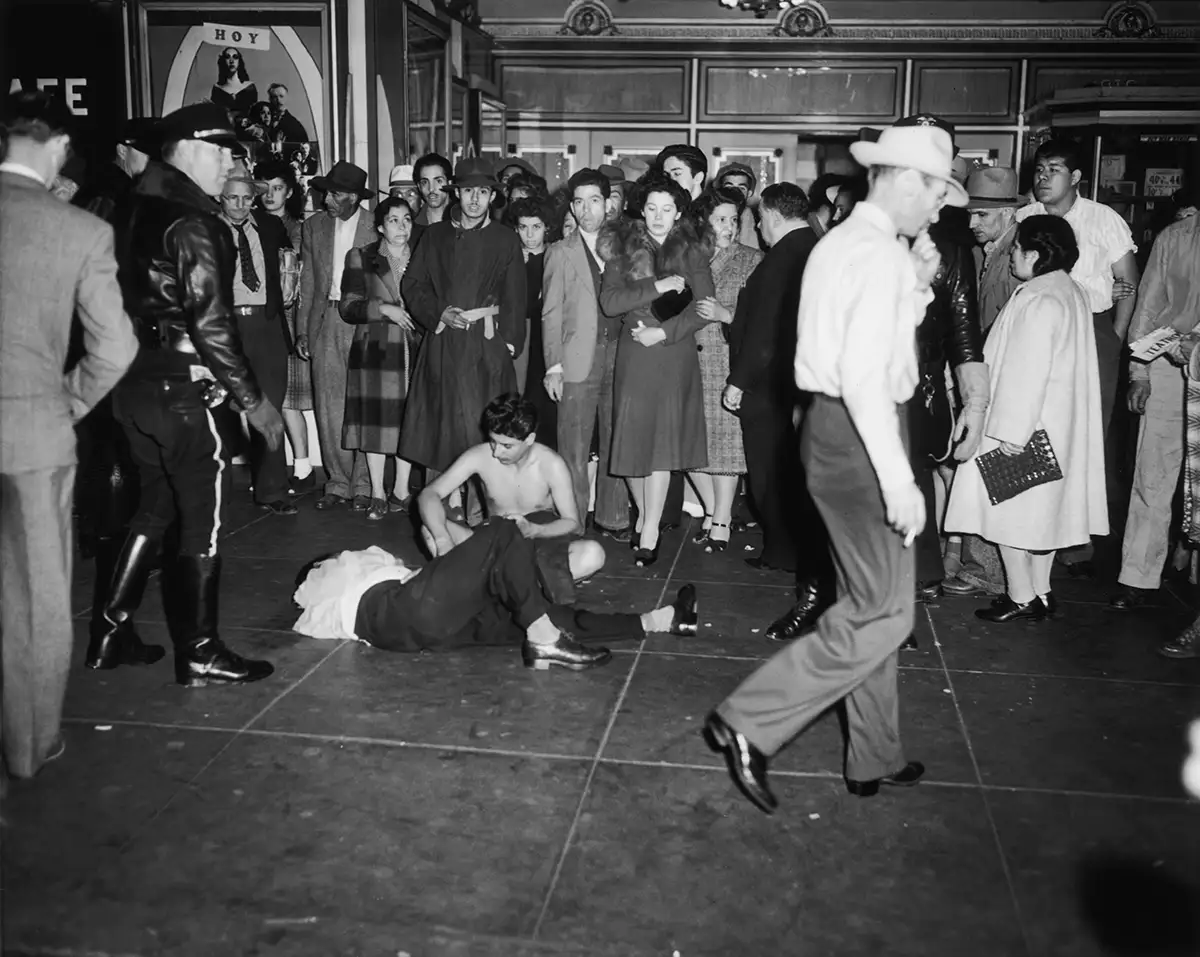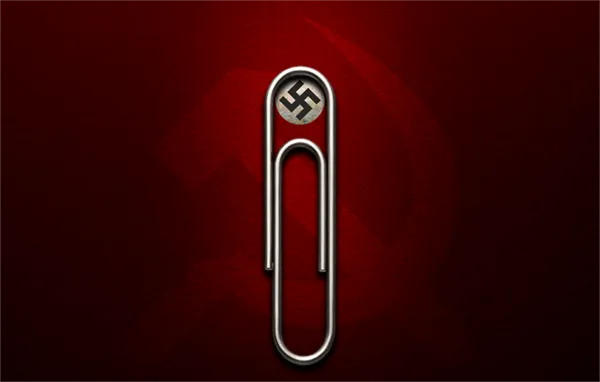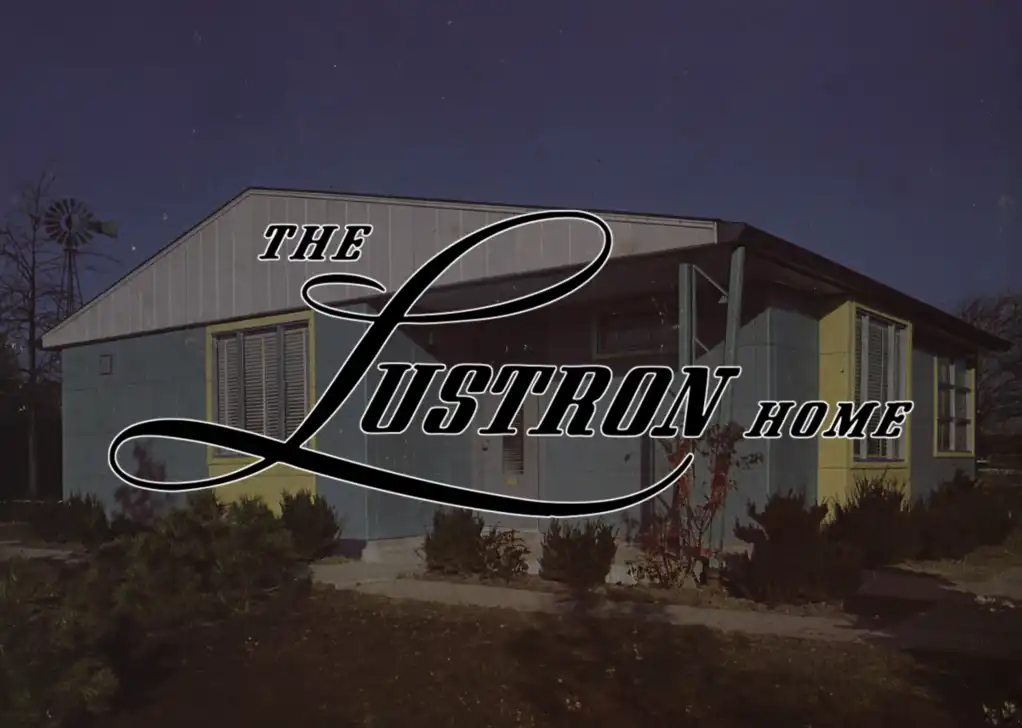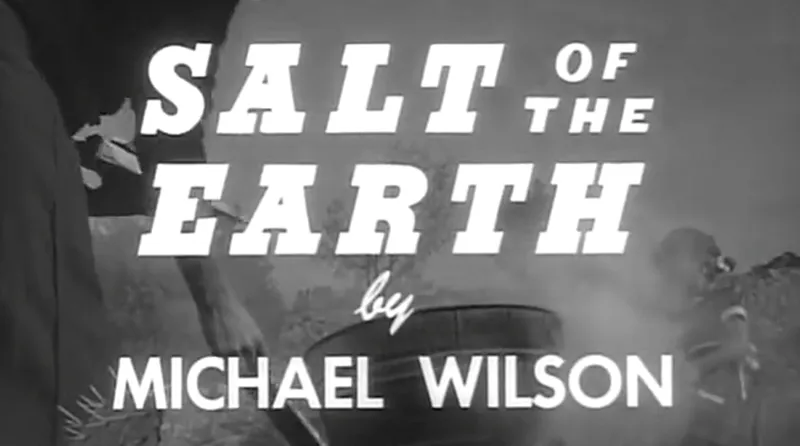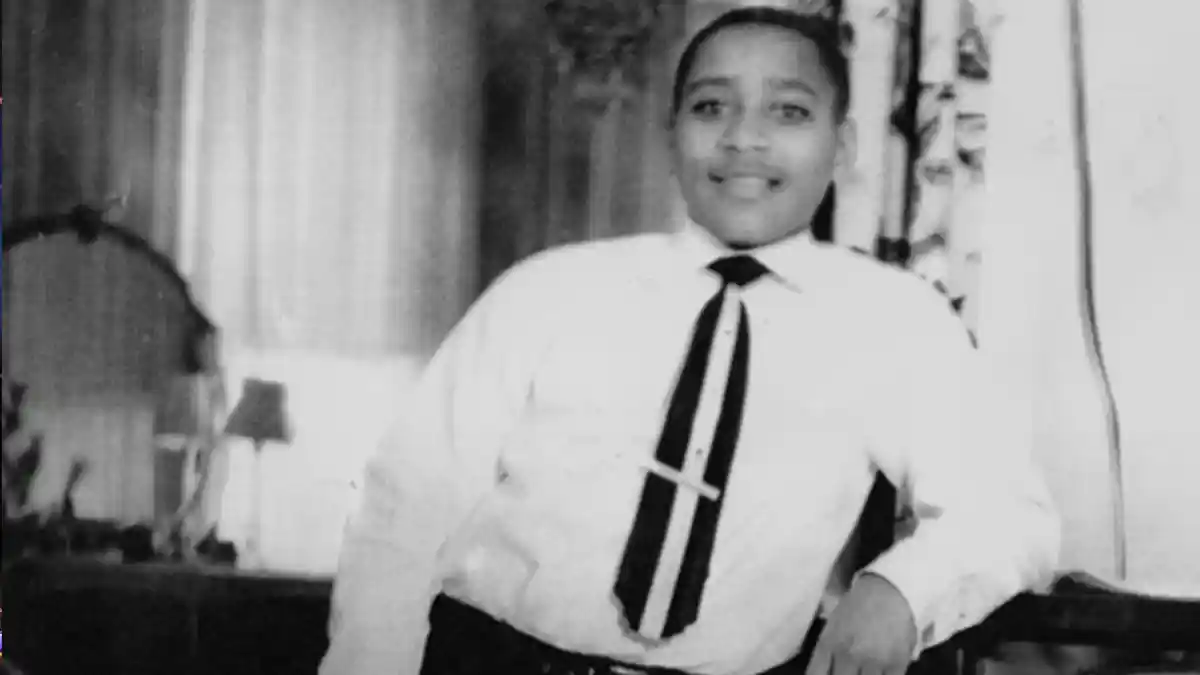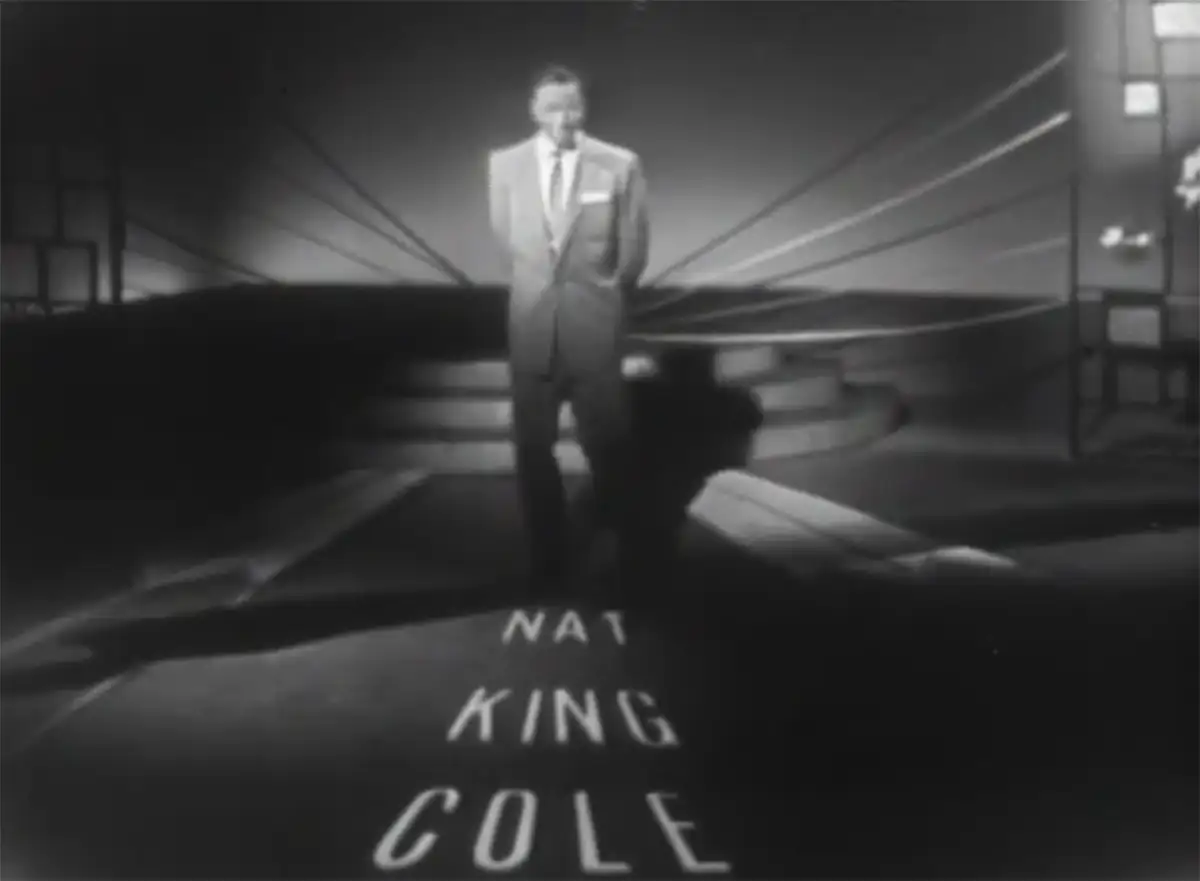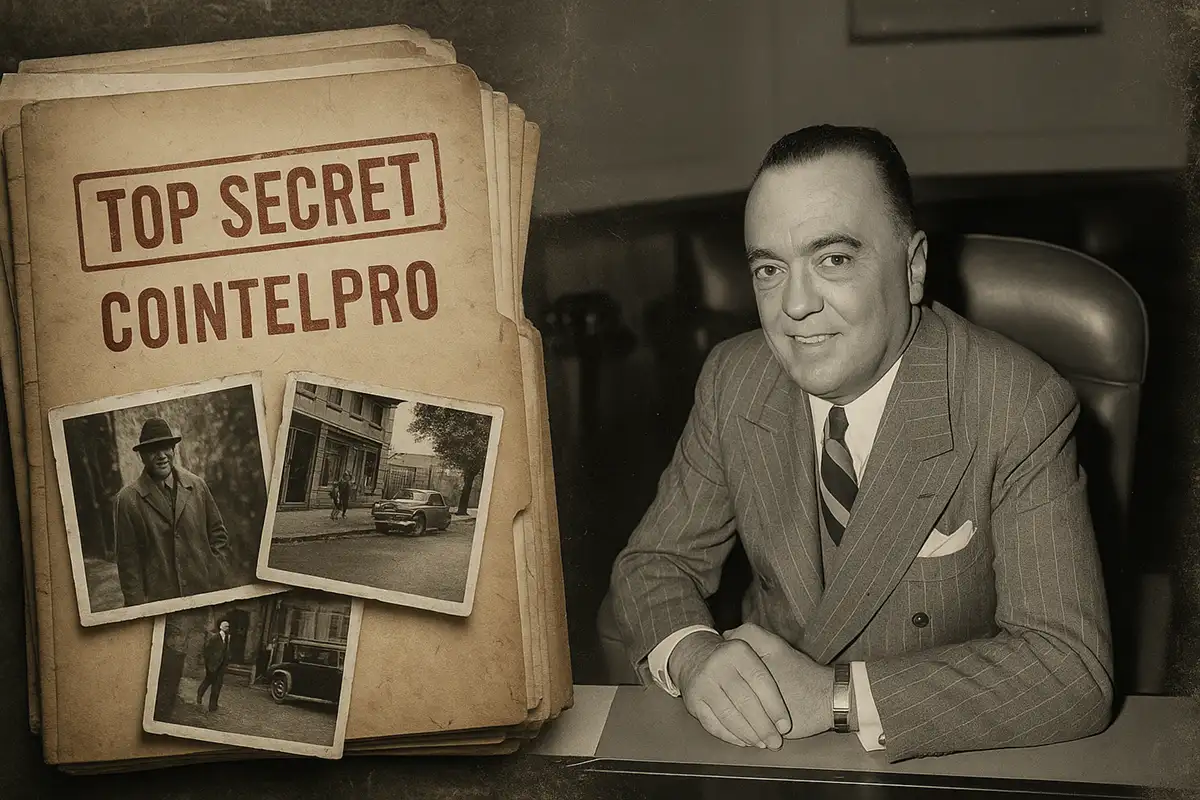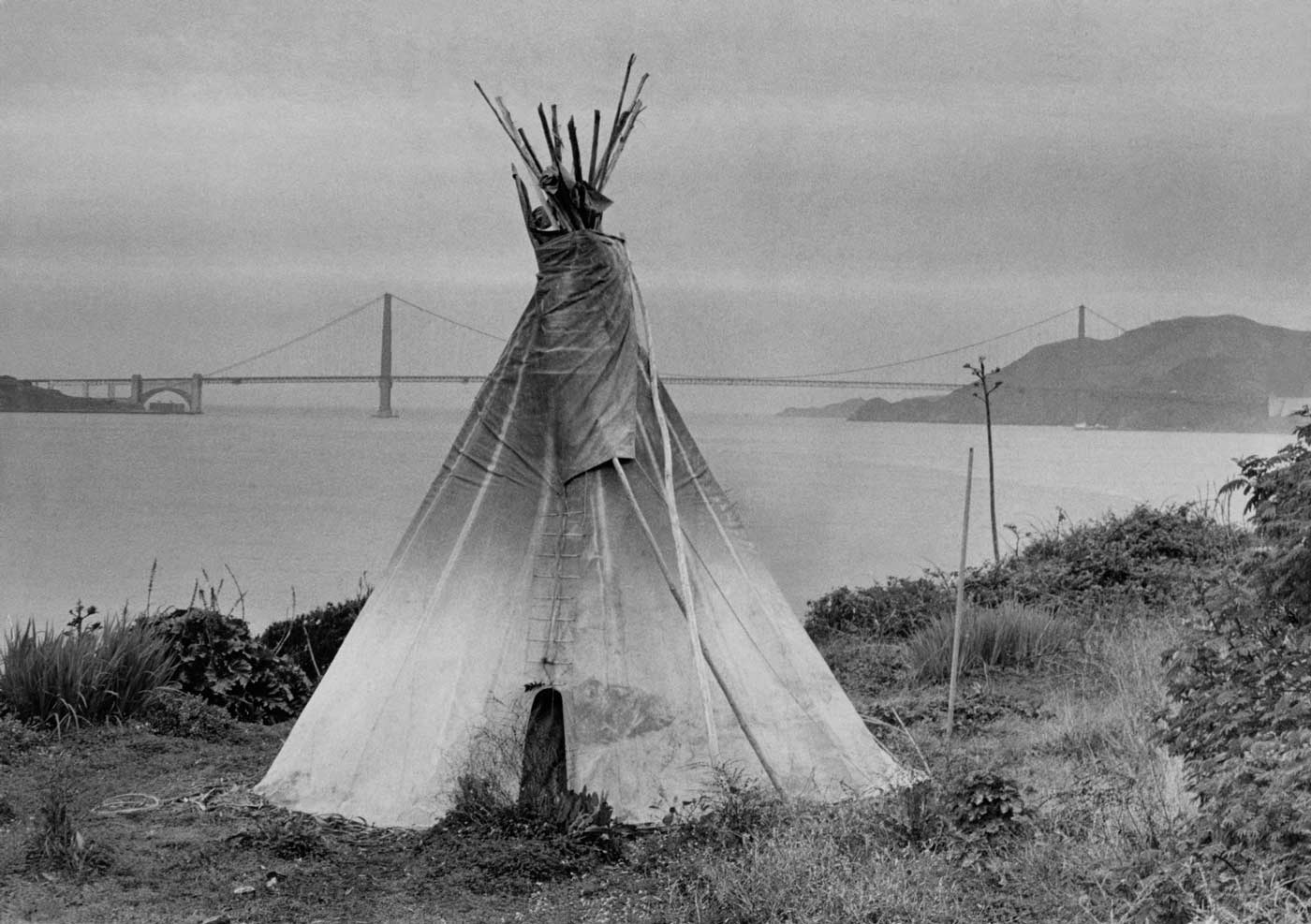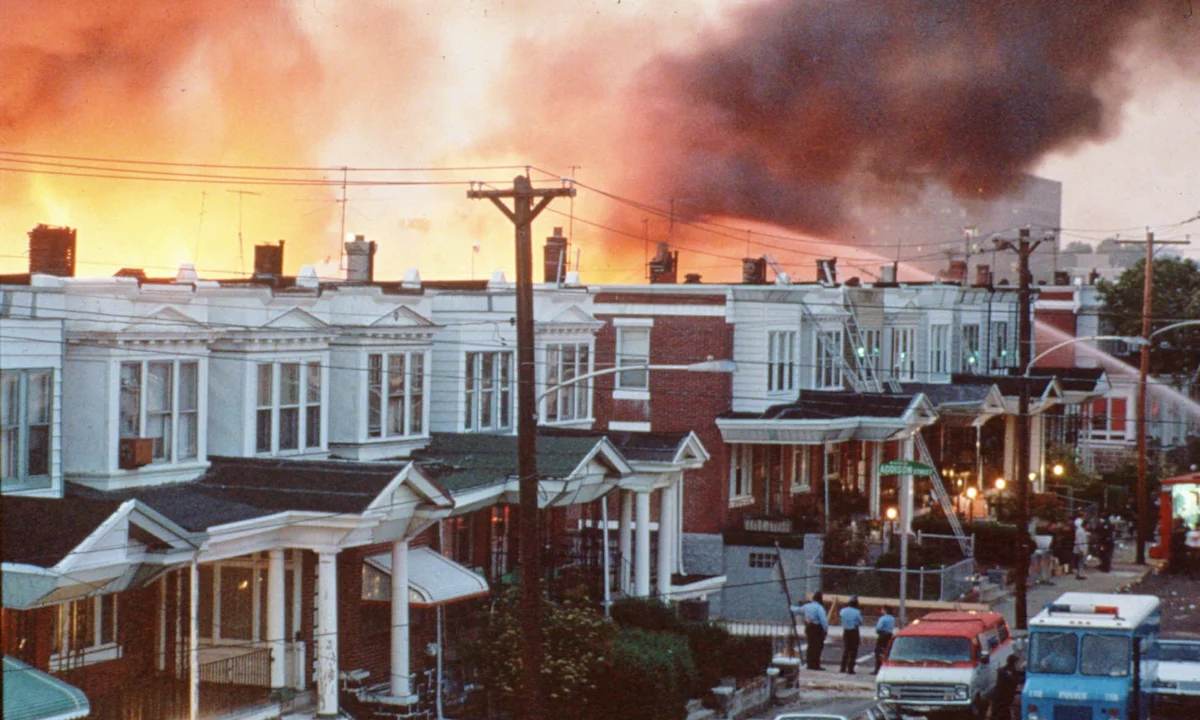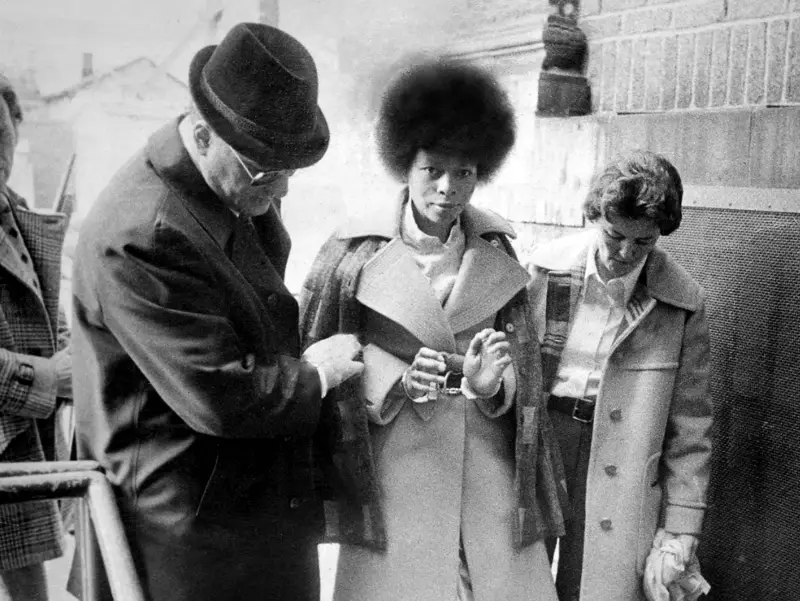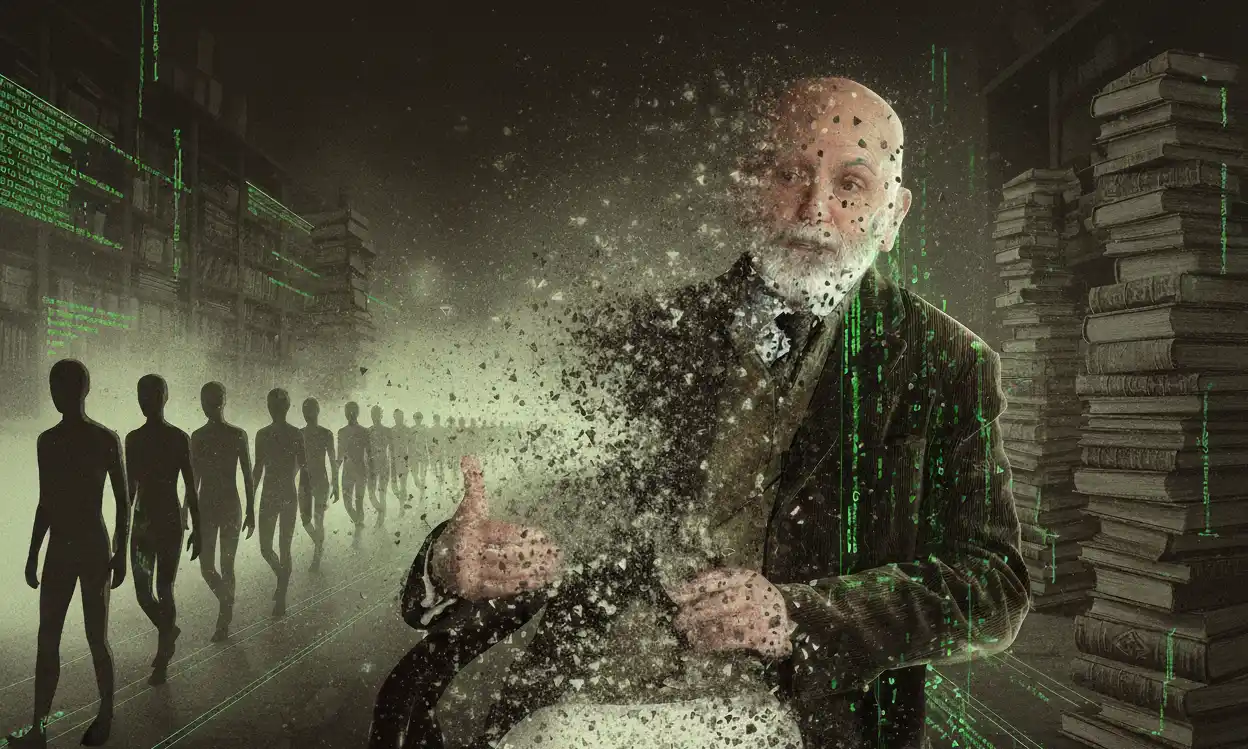TIMELINE
The history of North America is inextricably linked to the profound and catastrophic impact of disease. The arrival of European colonists introduced a host of pathogens to which Indigenous populations had no prior exposure or immunity, leading to a demographic collapse of unprecedented scale.
The distinctiveness of Western chattel slavery did not emerge in a vacuum. It was the result of a deliberate and innovative process that combined theological doctrines, legal codification, and the invention of a new ideology to justify the subjugation of human beings.
The journey from the African coast to the Americas, which could take months, was a meticulously engineered system of dehumanization where human beings were reduced to marketable “chattel labor” and “human cargo”.
1675 – 1678 King Phillip’s War
King Philip’s War (1675–1676) was a brutal conflict between New England colonists and Native tribes led by Metacom. The war left Native communities devastated through death, displacement, and loss of land, while cementing colonial dominance in the region.
1775 – The Revolutionary War’s Real Causes
The American Revolution was not a singular event stemming solely from resistance to tax burdens, but rather the culmination of a century-long, irreconcilable divergence in political and economic expectations between Great Britain and its North American colonies. The conflict that erupted in 1775 involved profound disputes over sovereignty, territorial expansion, monetary policy, and corporate power,
1785 – 1787 Thomas Jefferson and the Moose
In the late 18th century, European thinkers like Count Buffon claimed that the New World produced weaker, smaller animals — and by extension, weaker people. Thomas Jefferson took that personally. Determined to defend America’s honor, he spent years gathering evidence to disprove the “degeneracy theory,” even arranging for a massive moose carcass to be shipped to Paris in 1787.
Born from the only successful slave rebellion to ever establish an independent nation, Haiti represented a radical challenge to the 18th-century world order built on slavery and racial hierarchy. Its very existence was an act of defiance that slave-holding empires, including the nascent United States, could neither forgive nor tolerate.
1810 – 1903 Cassius Marcellus Clay
He was a fiery, gun-toting Kentucky aristocrat who used his wealth and unyielding physical courage to champion an economically-driven brand of abolitionism, earning him both the admiration of allies like Abraham Lincoln and the lifelong animosity of pro-slavery enemies.
1830 – 1849 The Trail of Tears
The Indian Removal Act was not an isolated legislative event but the culmination of a long-standing national ideology that sought to justify the seizure of Indigenous lands through strategic narrative control and systemic dehumanization. The foundational documents of the United States themselves contain language that served as a moral and legal pretext for future violence.
Born into slavery in South Carolina, Robert Smalls made history in 1862 by commandeering a Confederate steamboat, the Planter, and sailing himself, his crew, and their families to freedom. His daring escape became a turning point in the Civil War and a symbol of Black resistance. Smalls later served in the U.S. House of Representatives, championing civil rights and public education during Reconstruction.
1863 – Present Taxes and Tarrifs
Historically, U.S. tariffs were a primary source of government revenue until 1913 but were economically unfair to the working class as their costs were passed on to consumers. Modern attempts to reintroduce tariffs, like those based on Peter Navarro’s theories, have proven that these taxes are still paid by American consumers, not foreign nations.
The United States chose to purchase white reconciliation with Black blood, abandoning 4 million formerly enslaved Americans to a century of terror and apartheid rather than fulfilling the promise of multiracial democracy that briefly flourished during Reconstruction.
1873 – The Failure of Reconstruction
From the Civil War through the 1970s, the Democratic Party was divided between its Northern and Southern wings. The national party’s embrace of civil rights ultimately deepened this divide, leading to a historic realignment as white Southern conservatives shifted to the Republican Party—the aptly named “party switch.”
1878 The Birth of Jack Johnson
Jack Johnson, the first Black heavyweight boxing champion, was far more than a sports icon — he was a lightning rod for America’s racial tensions in the early 20th century. His 1910 victory over James J. Jeffries, the so-called “Great White Hope,” ignited riots across the country and exposed the deep fractures of a segregated nation.
1884 – 1885 The Berlin Conference
The late 19th century marked a pivotal period in global history, as European industrial powers, fueled by economic ambition and fierce rivalries, turned their attention to the African continent.
1896 – The Birth of Paul Robeson
Paul Robeson was a world-renowned singer, actor, and trailblazing civil rights activist. Celebrated for his iconic bass voice in performances like “Ol’ Man River” and his acclaimed role as Othello, he was a powerful and outspoken advocate for racial equality and social justice, which led to his blacklisting during the McCarthy era.
The Lattimer Massacre, which occurred on September 10, 1897, near Hazleton, Pennsylvania, represents one of the most brutal and defining moments in American labor history. This event was not merely a random outbreak of violence but a state-sanctioned execution of corporate authority used to suppress vulnerable immigrant labor.
Between 1910 and 1920, Texas Rangers and vigilantes systematically killed between 300 and 5,000 Mexican Americans along the Texas-Mexico border in one of the worst periods of state-sanctioned racial violence in U.S. history. Known as La Matanza (“The Massacre”).
In July 1910, racial violence erupted in the small community of Slocum, Texas, when white mobs hunted and killed an untold number of Black residents. Newspapers falsely framed the event as a “race riot,” but later accounts and survivor testimony revealed it as a coordinated massacre. The victims’ homes were looted and burned, their land seized, and no one was ever convicted. Long buried by silence and shame, the Slocum Massacre stands as one of the most devastating — yet least remembered — acts of racial terror in American history.
1918 – The Birth of George Lincoln Rockwell
A master strategist of extremism, George Lincoln Rockwell weaponized a free press to build the American Nazi Party through spectacle and provocation, a career that ended not in a political clash but with a bullet from one of his own followers in a laundromat parking lot.
The 1921 Tulsa Race Massacre represents the most devastating incident of racial violence in American history, destroying the nation’s wealthiest Black community in less than 24 hours through coordinated aerial bombardment and systematic ground attacks that killed up to 300 people and obliterated 35 city blocks.
1921 – The Battle of Blair Mountain
The Battle of Blair Mountain, the 1921 labor conflict where 15,000 coal miners fought against company forces, including the first aerial bombing of US citizens. This report details the oppressive company town system, the Matewan Massacre catalyst, military organization on both sides, the five-day combat, legal aftermath that crushed union strength, and how this conflict directly influenced New Deal labor legislation.
Born in 1921 North Carolina and dead by 37, Baker achieved what should have been impossible: becoming comics’ most sought-after artist during an era when merely speaking to a white woman could have gotten him killed. His work directly influenced creators from Dave Stevens to Adam Hughes, yet for decades his name vanished from comics history.
1925 – Early Africain American Cinema
Between 1920 and 1950, approximately 500 “race films” were produced by and for African Americans, creating a parallel cinema industry that operated outside Hollywood’s segregated studio system. This remarkable movement saw Black filmmakers develop sophisticated technical innovations despite severe financial constraints, build regional production centers across the United States, and forge deep connections with the Harlem Renaissance.
1933 – The Swastika and the Cross
Nazi Germany transformed politics into a form of religion — blending myth, ritual, and ideology into a totalitarian creed. The regime reimagined Christianity through movements like Positive Christianity and German Christianity, while others, such as the Confessing Church, resisted its heresies. Symbols like the swastika and Black Sun were stripped from their ancient meanings and repurposed into emblems of racial mysticism.
The Business Plot of 1933, also known as the “Wall Street Putsch,” was a political conspiracy allegedly planned by wealthy American businessmen to overthrow President Franklin D. Roosevelt and his New Deal policies.
1933 – Sun-Koh: Heir of Atlantis
In 1933, as Doc Savage burst onto American newsstands as the self-made “Man of Bronze,” Nazi Germany created its own twisted mirror image: Sun-Koh, the genetically superior “Heir of Atlantis.” This wasn’t just another pulp knockoff—it was weaponized fiction, designed to inject Nazi racial ideology directly into the bloodstream of popular culture.
1933 – 39 The Transatlantic Mirror of Hate
Historical documentation, including verbatim transcripts of key planning meetings, reveals that Nazi jurists and officials engaged in detailed and lengthy discussions of U.S. race law as they drafted their statutes. The striking paradox of this historical exchange is that the world’s foremost constitutional democracy provided critical legal templates for the world’s emerging totalitarian, genocidal state.
1933 – 42 The Civilian Conservation Corps
The Civilian Conservation Corps (CCC) was a New Deal program (1933–1942) that put millions of young men to work during the Great Depression on conservation projects like planting trees, building parks, and controlling floods, leaving a lasting legacy in America’s natural landscapes.
1936 – 1938 Joe Louis vs Max Schmelling
The two bouts between Joe Louis and Max Schmeling in 1936 and 1938 transcended sport, becoming a global struggle of symbolism between democracy and fascism. Schmeling, portrayed by Nazi propaganda as proof of Aryan supremacy, defeated Louis in their first match — only to be crushed in the rematch before a worldwide audience that saw Louis as a hero of freedom and racial pride. The fights exposed deep contradictions in America: a Black champion celebrated as a national hero abroad but constrained by Jim Crow at home.
The Negro Motorist Green Book, often referred to simply as the Green Book, emerged not as a simple directory of amenities but as an indispensable tool for survival, mapping a clandestine network of safe havens necessary for African American travel across a racially hostile United States. Its existence chronicled a sophisticated, self-organized response to systemic racism, providing the infrastructure for mobility, commerce, and dignity during the Jim Crow era.
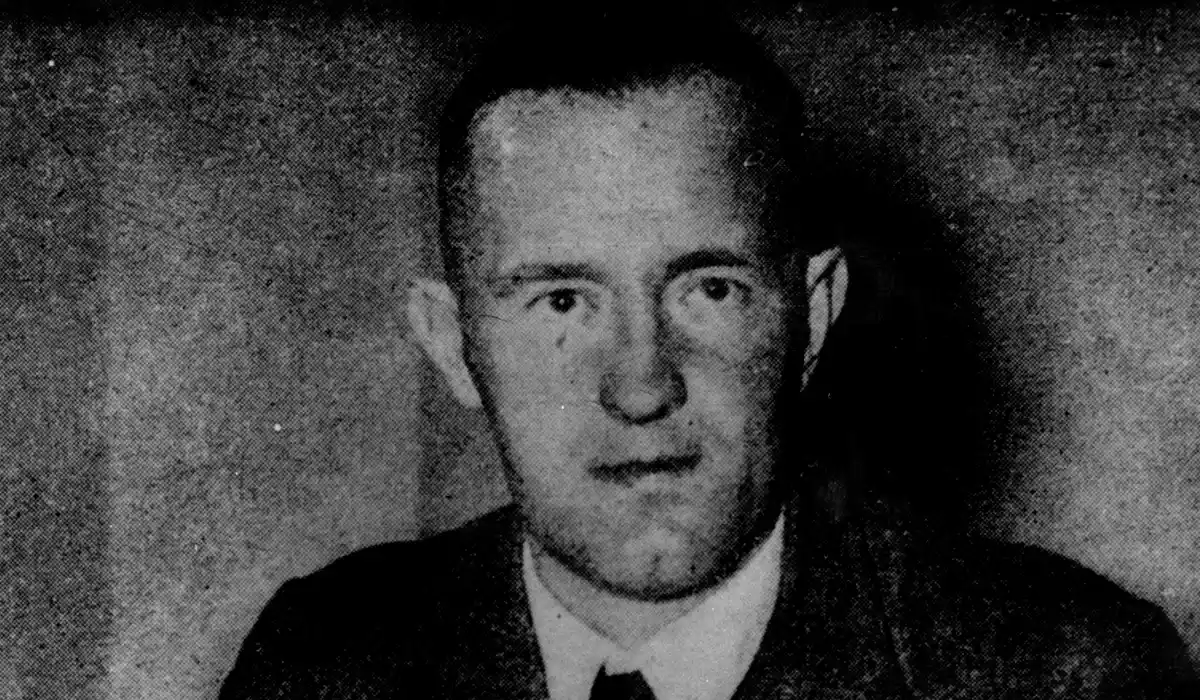

The name “Lord Haw-Haw” is synonymous with wartime treachery, evoking the image of a sneering, pseudo-aristocratic broadcaster who mocked the British people during their darkest hour. The man behind this notorious moniker was William Joyce, an individual whose life was a series of profound paradoxes.
1940 – The Lionel Atwill Perjury Scandal
The 1940s scandal involving actor Lionel Atwill, a prominent character actor of the era, is often remembered through sensationalized, and largely inaccurate, accounts.
1940 – The Beginning of Charlton Comics
This article explores the history of Charlton Comics, from its unusual origins and low-cost publishing methods to its role as a training ground for artists and the birthplace of characters later absorbed into DC Comics. It highlights the company’s workmanlike style, its innovative yet frugal production process, and its lasting influence on the comic book industry and pop culture.
The historical narrative of the Holocaust is often presented in stark terms of good versus evil, of victims versus perpetrators. Yet, within this horrific landscape, there exist figures whose actions defy such simple categorization. Albert Battel, a German lawyer, military officer, and long-standing member of the Nazi Party, stands as one of the most compelling and confounding examples.
The Zoot Suit Riots erupted in Los Angeles in June 1943, when white U.S. servicemen clashed with young Mexican American “pachucos” wearing flamboyant zoot suits. Tensions over race, culture, and wartime fabric rationing boiled over into days of street violence, with servicemen attacking Mexican American youths, stripping them of their suits, and parading the assaults as acts of patriotism.
In the aftermath of Nazi Germany’s defeat, the Allied powers vowed to purge fascist influence from public life through denazification — yet political pragmatism soon eclipsed moral reckoning. Figures like Hans Globke, who co-authored Nazi race laws, and Reinhard Gehlen, former Wehrmacht intelligence chief, found new prominence in West Germany’s government and U.S.-backed intelligence operations.
1945 Operation: Paperclip and Osoaviakhim
At the dawn of the Cold War, the United States quietly recruited more than 1,600 former Nazi scientists, engineers, and doctors under Operation Paperclip—a program designed to harness German expertise before the Soviets could. Meanwhile, the USSR launched its own massive effort, Operation Osoaviakhim, forcibly relocating thousands of German specialists to Soviet research facilities. These rival operations blurred the line between justice and necessity.
Part one of a series of related to the Marshall Island atomic tests conducted between 1946 and 1958 involved the United States conducting 23 nuclear tests at Bikini Atoll in the Marshall Islands. These tests encompassed the inaugural post-World War II tests, known as Operation Crossroads in 1946, as well as several thermonuclear (hydrogen bomb) detonations.
The 1946 radio serial “The Clan of the Fiery Cross” on The Adventures of Superman used real secret rituals and codewords, which were gathered by undercover activist Stetson Kennedy, to demystify and ridicule a fictionalized version of the Ku Klux Klan, contributing to a decline in the real organization’s membership and recruitment.
The report traces the Israeli-Palestinian conflict from the 1948 Nakba to today, showing how displacement, occupation, and systemic inequality have shaped decades of violence. It argues that peace requires addressing refugee rights, dismantling apartheid-like structures, and reimagining governance across the region.
In the wake of World War II, the Lustron Corporation sought to solve America’s housing shortage with a revolutionary idea — prefabricated, porcelain-enameled steel homes that promised durability, modernity, and affordability. Created by inventor Carl Strandlund, each Lustron house was a gleaming symbol of optimism and industrial ingenuity. Yet despite federal backing and bold design, the project collapsed within a few short years, leaving behind fewer than 2,500 homes.


In 1953, British Petroleum, the CIA, and MI6 manufactured a coup that ousted Mossadegh and restored the Shah, whose U.S.- and Israeli-backed police state bred resentment that fueled the 1979 Revolution, the hostage crisis, and decades of U.S.–Iran hostility.
1954 – Operation: Castle Bravo
Castle Bravo was a U.S. thermonuclear bomb test conducted at Bikini Atoll on March 1, 1954. It yielded an unexpectedly massive explosion of 15 megatons – over 2.5 times larger than the predicted 5–6 megaton yield. This blast was 1,000 times more powerful than the Hiroshima atomic bomb and instantly became the largest nuclear test in U.S. history.
“Salt of the Earth” holds a unique distinction in American cinema: it remains the only feature film in U.S. history to be systematically blacklisted through coordinated government, industry, and union suppression. The 1954 film, directed by Herbert J. Biberman and produced by Paul Jarrico—both already blacklisted during the McCarthy era—faced unprecedented obstacles at every stage of production.
1955 – The Lynching of Emmett Till
Emmett Till, a 14-year-old boy from Chicago, was abducted, tortured, and murdered in Mississippi in 1955 after being accused of offending a white woman. His death, the open-casket funeral his mother insisted upon, and the shocking acquittal of his killers exposed the brutal realities of Jim Crow and became a catalyst for the Civil Rights Movement.
1956-1957 The Nat King Cole Show
In 1956, Nat King Cole made history as the first Black artist to host a nationally televised variety show. Despite his extraordinary talent and wide appeal, the program only lasted until 1957—not because of ratings, but because no national sponsor on Madison Avenue would back a Black host. In the Jim Crow South, racism made advertisers wary of associating their brands with him, and without a single major sponsor, the show could not survive. Cole himself later remarked, “Madison Avenue is afraid of the dark.”
The history of federal counterintelligence operations reveals a persistent structural prioritization that targets ideological challenges to the status quo over concrete, measurable threats of lethal domestic violence. This pattern was most explicitly institutionalized in the Federal Bureau of Investigation’s (FBI) Counterintelligence Program (COINTELPRO), which operated between 1956 and 1971.
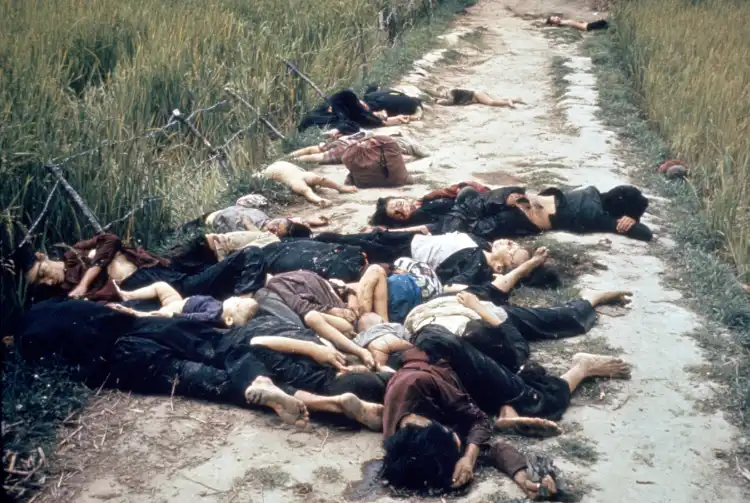

On March 16, 1968, during the Vietnam War, soldiers of the U.S. Army’s Charlie Company entered the hamlet of My Lai (Son My village) and carried out a brutal massacre of unarmed Vietnamese civilians. The atrocity, which claimed the lives of over 300 villagers including women, children, and elderly, remained hidden from the public for over a year.
1970 – The American Indian Movement
The American Indian Movement emerged in Minneapolis in 1968 amid police brutality, systemic poverty, and broken promises. Its leaders — Dennis Banks, Russell Means, John Trudell, and Leonard Peltier — embodied different dimensions of resistance.
On May 13, 1985, Philadelphia police dropped a bomb from a helicopter onto the MOVE organization’s row house at 6221 Osage Avenue, killing 11 people, including 5 children, and destroying 61 homes in a Black middle-class neighborhood.
Assata Olugbala Shakur, born JoAnne Deborah Byron, is a highly polarizing figure in American history, simultaneously revered as a revolutionary icon and condemned as a convicted murderer and domestic terrorist. A former member of the Black Panther Party and the Black Liberation Army, she was convicted in 1977 for the murder of a New Jersey State Trooper during a 1973 shootout.
1988 – The Strijdom Square Massacre
The Strijdom Square massacre, a racially motivated shooting spree carried out by white supremacist Barend Hendrik Strydom on November 15, 1988, stands as a stark and tragic event in the twilight of apartheid South Africa.
1999 – The End of the Milošević Era
How Slobodan Milošević and Mirjana Marković weaponized nationalism and propaganda to orchestrate campaigns of ethnic cleansing across the Balkans. It examines the atrocities and war crimes committed under their rule, the controversial NATO intervention in Kosovo, and the long-lasting scars these events left on European geopolitics and regional stability.
2010 – The Great Replacement Theory
The “Great Replacement Theory,” a debunked white nationalist conspiracy theory that has transitioned from extremist circles to mainstream political discourse. At its core, the theory claims that white populations in Western nations are being intentionally and systematically replaced by non-white immigrants, an alleged plot orchestrated by “global elites.”


